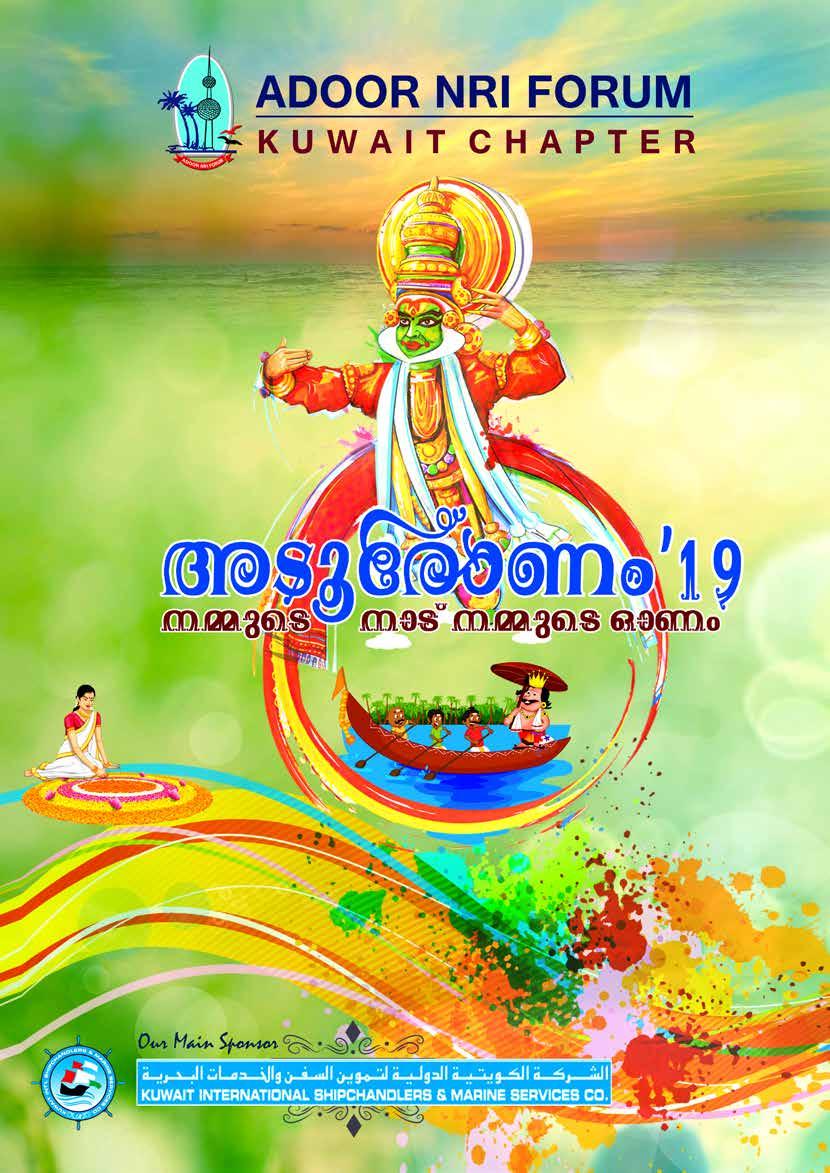




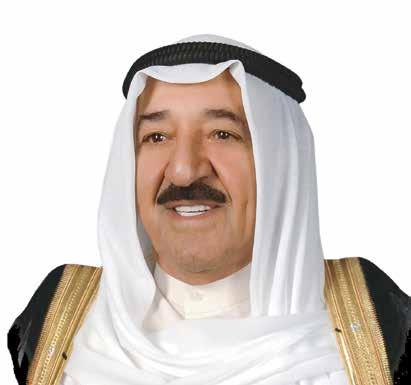



H.H.
Sheikh Sabha Al-Ahmad Al-Jaber Al-Sabha
H.H. Sheikh Nawaf Al-Ahmad Al-Jaber Al-Sabha
H.E.
Jaber Al-Mubarak Al-Hamad Al-Sabha
The The

No.1030/Press/CMO/2019. 17 th September, 2019

ASqÀ F³.BÀ.sF. t^mdw Ipsshäv Nm]väÀ "ASqtcmWw 2019' F¶ t]cn Cu hÀjs¯ HmWmtLmj ]cn]mSnIÄ kwLSn¸n¡p¶p F¶dnbp¶Xn kt´mjw. kz´w \m«n \n¶pw AI¶p Ignbp¶ aebmfnIÄ¡v H¯ptNcp¶Xn\pw kvt\lw ]¦p hbv¡p¶Xn\pw C¯cw Iq«mbvaIÄ klmbIcamWv. HmWmtLmj ]cn]mSnIfpw AXnsâ `mKambn {]kn²oIcn¡p¶ kph\obdn\pw FÃm BiwkIfpw t\cp¶p.
Shri. Sreekumar S. Nair President adoor NRI Forum Kuwait Chapter PB No46738, Fahaheel,64017, Kuwait adoornrikuwait@gmail.com sreeq8@gmail.com



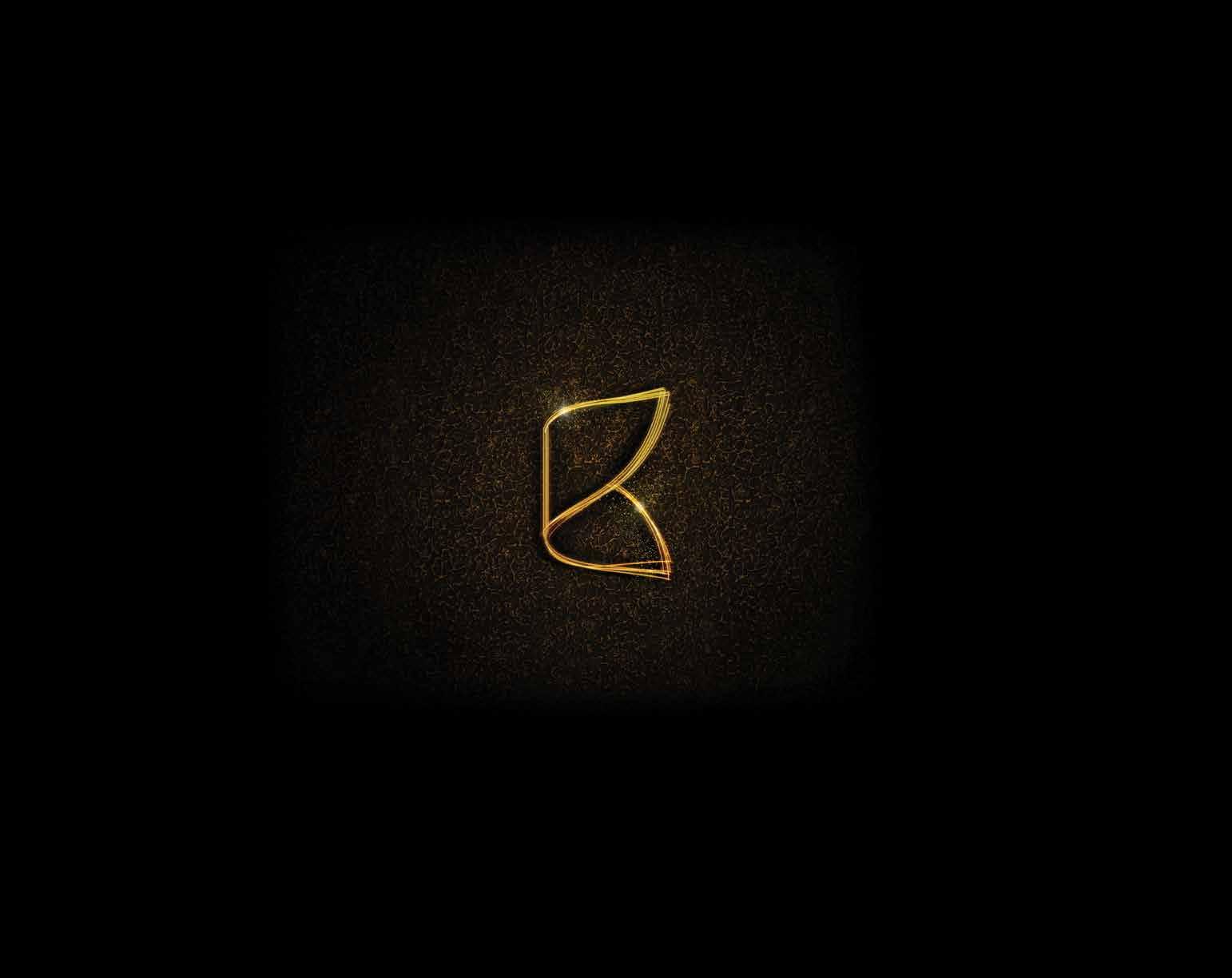
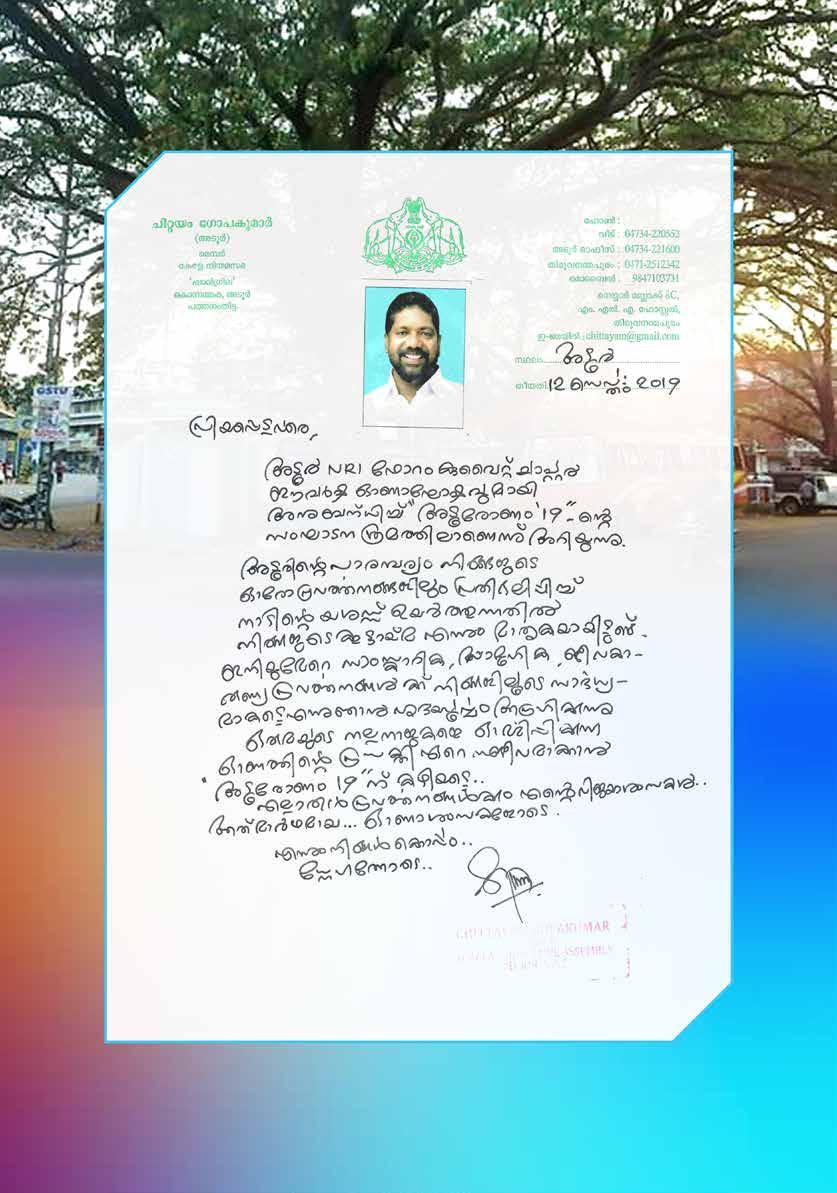

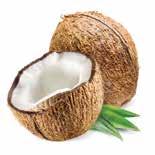








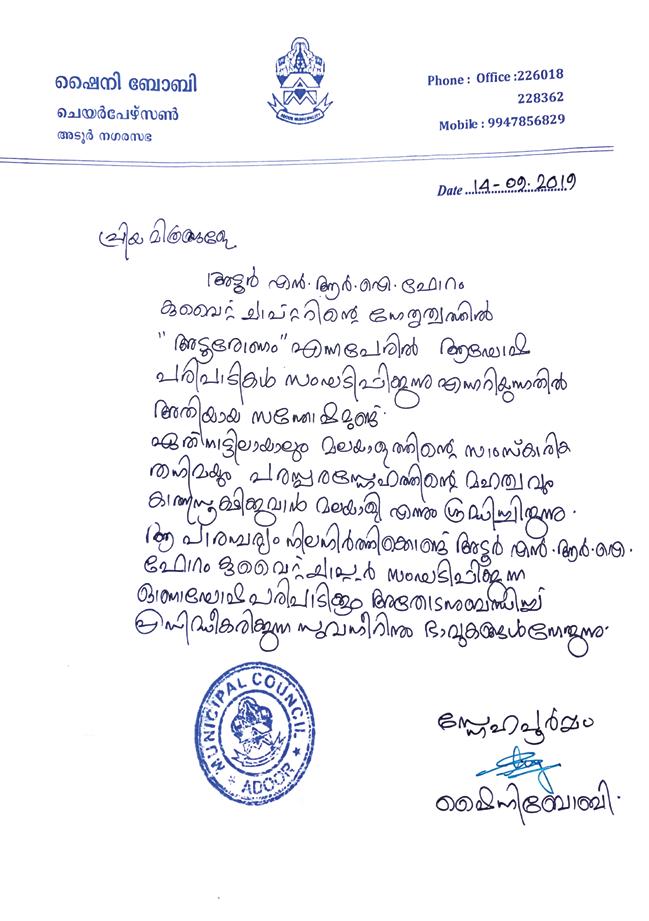

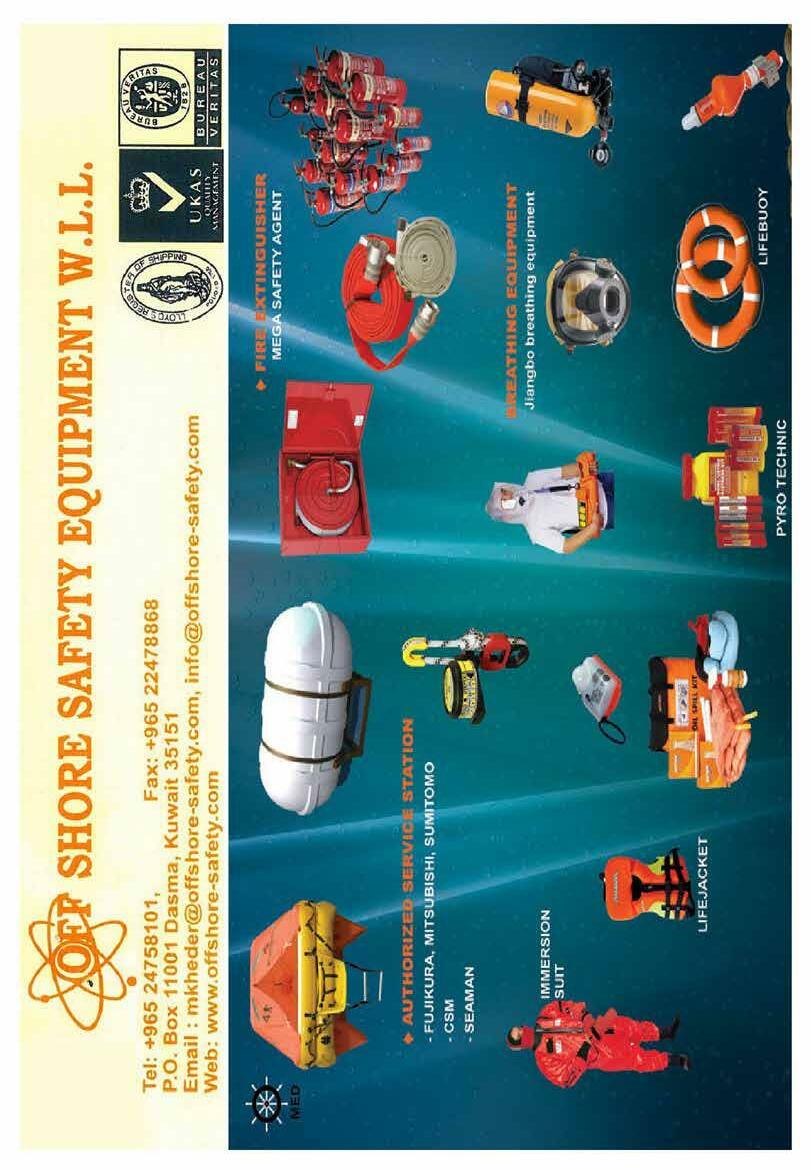
Message from President

{]nb ktlmZcn ktlmZ·msc, KrlmXpc¯nsâ HmÀ½s¸Sp¯epIÄ Abhnd¡p¶ Hcp HmW¡mew IqSn \½Ä BtLmjn¡pIbmWv. s]m³Nn§amk¯nse XncpthmWw.aebmfnIfpsS tZiotbmÕhw. Xp¼¸qhpIfpw Xp¼nIfpw \r¯amSp¶ s]m³shbn F¯nt\m¡p¶ Duªmem«hpw Xp¼nXpÅepw ISphIfnbpw XmfanSp¶ tIcf¯nsâ kz´w BtLmjw. alm_en N{IhÀ¯nsb hcth¡m\mbn \mSpw \Kchpw {]IrXnbpw H¶mbn DWcp¶ ]q¡mew...
aebmfn FhnsS BsW¦nepw Gähpw sImXntbmSp HmÀ¡p¶ BtLmjamWv HmW¡mew. HmW]q¡fhpw HmWkZybpw HmWt¡mSnbpsaÃmw aebmfnsb Hcpan¸n¡p¶p. PmXnbpsStbm aX¯nsâtbm tZi¯nsâtbm AXncpIfnÃmsX aebmfnsb Hcpan¸n¡p¶ ]p®yZn\amWv XncpthmWw. kvt\l¯nsâbpw XymK¯nsâbpw hnizkvXXbpsSbpw ]¦psh¡ensâbpw Nne \à ]mS§Ä IqSn HmWw \½sf HmÀas¸Sp¯p¶p. ISphmIfnbpw hÅwIfnbpw Xp¼nXpÅepw XncphmXncbpw kPoham¡p¶ Iq«mbvaIÄ. FÃmw {]IrXntbmSv CW§nb \mSnsâ \·Ifm kar²amb Hs¯mcpabpsSbpw ]ckv]c klIcW¯nsâbpw hne \s½ a\Ênem¡p¶ \mfpIÄ. Cu Hcp Hcpabpw kvt\lhpamWv Nn§amk¯nse XncpthmW\mfn Xsâ {]nbs¸« {]PIsf ImWm³ F¯p¶ alm_en N{IhÀ¯nbpw B{Kln¡p¶Xv .. {]IrXn Zpc´§fpsSbpw {]fb¯nsâbpw AI¼SntbmSp Cu hÀjhpw IS¶p hcp¶ HmW¡mes¯ \aps¡Ãmw H¯ptNÀ¶p hcth¡mw. Zpc´¯n FÃmw \ãs]«hscbpw \ap¡v tNÀ¯v ]nSn¡mw. DÅXpsImïv HmWwt]mse F¶ ]gwsNmÃv A\zÀYam¡nsImïp Cu HmWhpw \ap¡v AÀYh¯m¡mw. HmWw h¶mepw D®n]nd¶mepw tImc\v Iªn Ip¼nfn Xs¶sb¶ ]gwsNmÃns\ \nÀYIam¡n \ncmew_scbpw \nÊbIscbpw ]mÀizh¡cn¡s¸« hscbpw Cu atlmÕh¯nsâ ]pWy¯nte¡p \ap¡v B\bn¡mw.. {]IrXnsbbpw ]cnØnXnsbbpw apdns¸Sp¯m¯ {]IrXntbmSv CW§nb ]cnØnXn¡v A\p tbmPyamb Hcp PohnXssien Cu HmW¡me¯p
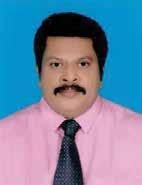




ADOOR NRI FORUM KUWAIT CHAPTER
\ap¡v {Ias¸Sp¯mw. aebmf¯nsâ X\nabpw kuµcyhpw hnfnt¨mXp¶ HmW¸m«pIfpw HmW¡fnIfpw HmW¡eIfpw \ap¡v A\yamIm Xncn¡s«. Ahsbms¡ hcpw XeapdIÄ¡p IqSn \ap¡v ]IÀ¶p \ÂImw. SnhnbpsS ap³]nencp¶p BtLmjn¡p¶ HmWambn amdmsX Abev]¡§fpw \m«pImcpw _Ôp¡fpw FÃmw H¯ptNÀ¶p Hcp Iq«mbvabmbn Cu XncpthmWw \ap¡v BtLmjn¡mw .. GhÀ¡pw lrZyhpw at\mlchpamb HmW\mfpIÄ Biwkn¨psImïv \nÀ¯p¶p... \µn ... \akvImcw .... kvt\l]qÀÆw. {ioIpamÀ Fkv \mbÀ, {]knUâv

Message from Secretary
sFizcy¯nsâbpw kmtlmZcy¯nsâbpw ]ckv]c IcpXensâbpw atlmÕhamb Hcp HmW¡mew IqSn aebmfn BtLmjn¨p Ignªp. B \·bpsSbpw kar²nbpsSbpw ]q¡mew {]hmkn kaqlw KrlmXpcXz¯nsâ ]p\À krãn¡mbn HmÀs¯Sp¡pIbmWv ]eXcw Iq«mbvabn IqSn... AXn]pcmX\ kwkvImc¯n\v DSaIfmb \½Ä ASqÀ¡mÀ¡v HmWw ASqtcmWamWv. 10þZnhkw \oïp\n¡p¶ BtLmjw PmXnaXt`Zsat\y aebmfnIÄ tXmtfmSptXmÄ tNÀ¶v GtImZc ktlmZc§sft¸mse BtLmjn¡p¶p. IÀ¡nSI¯nse ]ª¯n\ptijw IS¶ph¶ {imhWamkw hnfshSp¸nsâbpw hym]mc {Ibhn{Ib¯nsâbpw amkamWv. Cu {imhWamWv ]n¡me¯v kmhWw ]n¶oSv HmWw F¶n§s\ amdnbXv F¶Xv Ncn{Xw. IÅhpw NXnhpanÃm¯ a\pjyÀ H¶p t]mse Ignªncp¶, tZh·mÀ t]mepw AkqbtbmSv t\m¡n¡ï alm_en N{IhÀ¯nbpsS `cW¯nsâ HmÀas¸Sp¯emWv HmWw. HmWs¯ ]änbpÅ an¯pIÄ ]eXmsW¦nepw kÀÆ am\hnIXbpsSbpw BsI XpIbmbn ImWmw Cu IcpXensâbpw kmtlmZcy¯nsâbpw ]¦psh¡ensâbpw DÕhImew CXnsâ ss\ÀanIX H«pw tNmÀ¶p t]mImsX hfÀ¶v hcp¶ Xeapd¡v ssIamdpI F¶pÅ [uXyw \½fn Hmtcmcp¯cnepw A[njvTnXamWv. AtXmsSm¸w {]IrXnbpsSbpw AXnsâ BhmkhyhØbpsSbpw \ne\nev]nsâ HmÀas¸Sp¯emWv Cu ImeL«w. almhn]¯pIÄ ASn¡Sn A\p`hn¨p XoÀ¡p¶ tIcf¡cbpw aebmf`mjbmb \½psS amXr`mjsbbpw Hs¡ kwc£nt¡ï D¯chmZnXzt_m[w \½Ä¡v DïmIWw


ASqÀ F³ BÀ sF t^mdw Ipsshäv- Nm]väÀ AXnsâ {]hÀ¯\]mXbn H¶c ZimÐw ]n¶n«ncn¡pIbmWv Xncnªp t\m¡pt¼mÄ R§Ä ]qÀW kwXr]vXnbnemWv ASqÀ ap\vkn¸menänbnepw AXnsâ ]cnkc]©mb¯pIfnepambn H«\h[n Pt\m]Imc {]hÀ¯\§Ä sN¿m³ R§Ä¡v km[n¨n«pïv. shbnänwKv-sjUv, ip²Pe hnXcW bqWnäv, hnhn[ hnZymeb§Ä¡v D¨`mjnWn, Itkc, tS_nÄ hnXcWw ]T\ D]IcWhnXcWw F¶nh Ahbn NneXpam{XamWv. PohImcpWy {]hÀ¯\§Ä¡v ap³KW\ \ÂIp¶ \½psS kLS\ Ignª {]hÀ¯\hÀjw \mep e£¯nÂ]cw cq]bpsS ImcpWy {]h¯\§Ä \S¯m³ km[n¨Xn R§Ä IrYmÀ°cmWv. kwLS\bpsS AwK§fpsS H¯ptNcen¶mbn FÃm hÀj§fnepw HmWmtLmjw, ]nIv\nIv, C^vXmÀ kwKaw, kzmX{´yZn\mtLmjw, IpSpw_ kwKaw F¶o BtLmj§fpw, {In¡äv- SqÀWsaâv, _mUvan⬠SqÀWsaâv F¶o ImbnI C\§fpw, Ip«nIÄ¡mbn Nn{XcN\m aÂÕchpw, IqSmsX càZm\ Iym¼v, sa¼Àjn]v Iym¼bn³, Fkv. Fkv. FÂ. kn., ¹Êväq AhmÀUv hnXcWw F¶nh \S¯nhcp¶p. \½psS {]nbs¸« \mSn\pw \m«pImÀ¡pw thïn PKZoict\mSv {]mÀ°n¨psImïpw \n§Ä Hmtcmcp¯cpsSbpw ]n´pWbpw t{]mÂÕml\hpw A`yÀ°n¨psImïpw GhÀ¡pw k¼Õar²amb Hcp HmW¡mew IqSn Biwkn¨p sImïv \nÀ¯p¶p...

_nPp sI. kn. P\d sk{I«dn
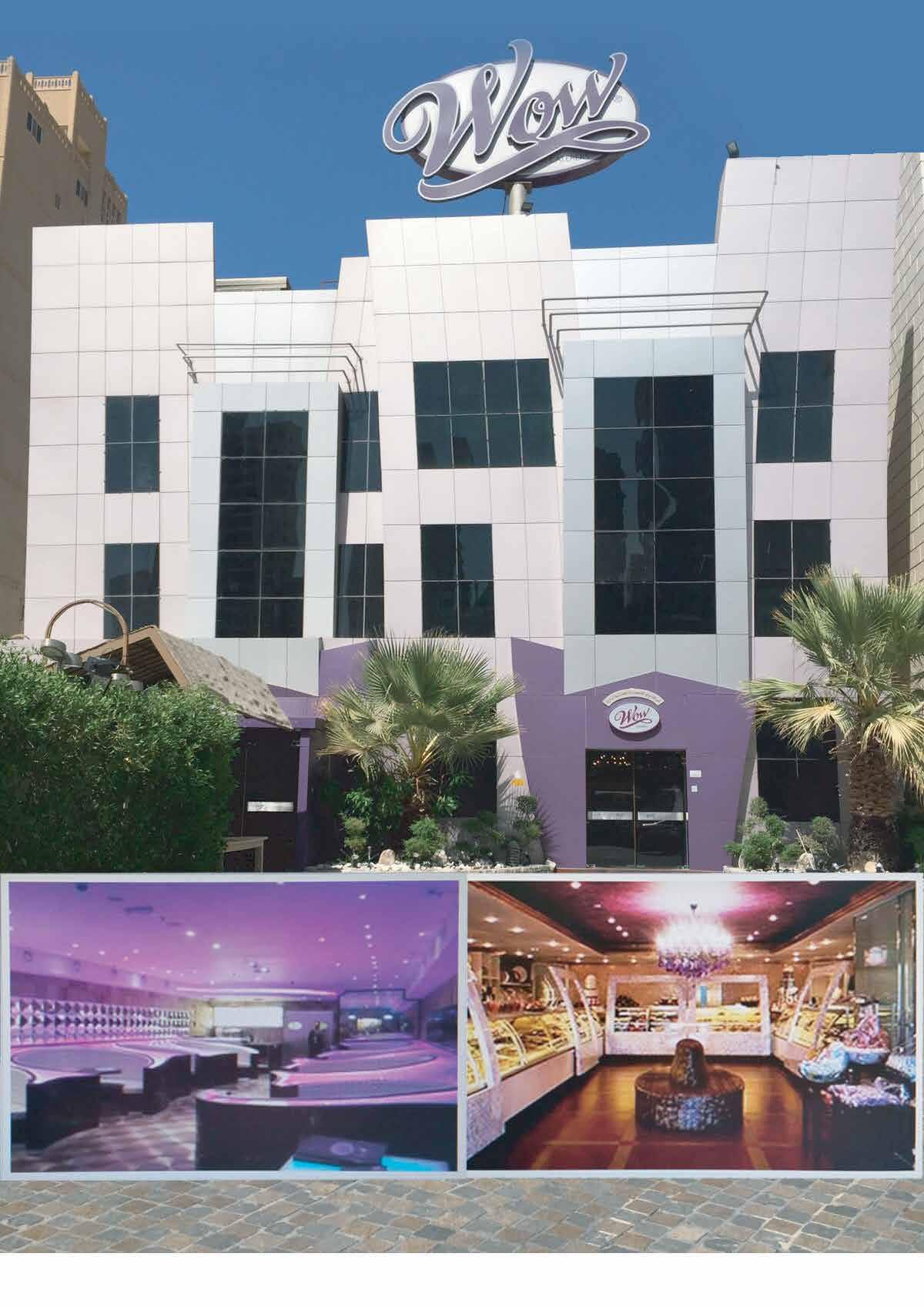
From the General Conveners

Once again Adoor NRI Forum Kuwait is celebrating Adooronam with renewed zeal and ardor. ‘Adooronam’ is the magical word, which generates extra energy to the ‘pravasees’ of Adoor, living in Kuwait. Adooronam 2019, provides you an opportunity to enjoy music, dance etc. with the feel of Onam, where ‘Sadhya’ or feast is an inevitable and vital part. This is Onam, the national festival of the Keralites.

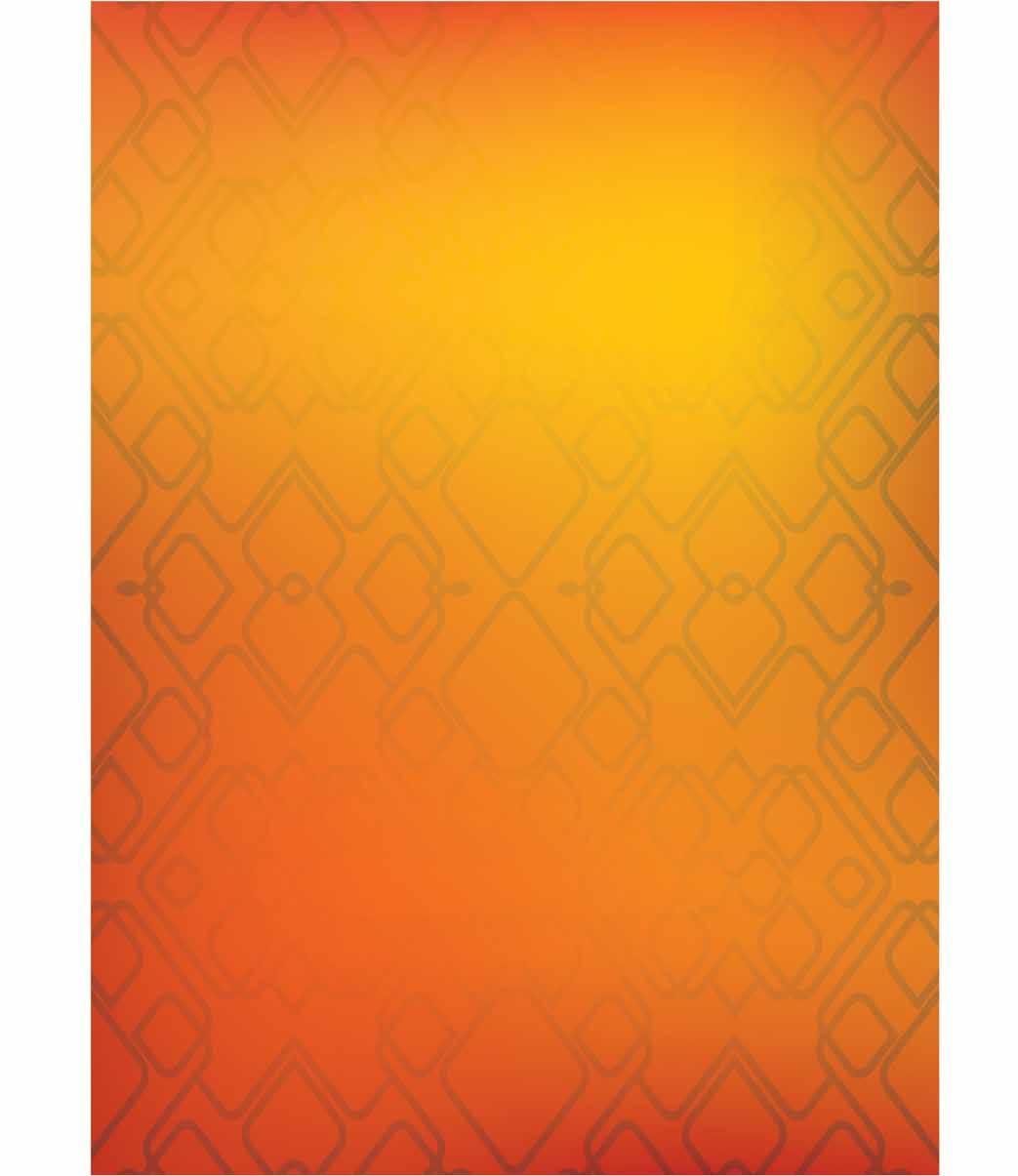
The people of Adoor in Kuwait is becoming ‘very ordinary’ Adoorians on the Adooronam day, giving up all their official responsibilities; all in the traditional attires, both man and woman- the venue will be filled up with people chitchatting totally of the Adoor matters, where all of them feel the real nostalgic moments, yes the Adoor reloaded. A strength of around 1300+ people are in Kuwait from this tiny township.
We, the General conveners have the pleasure to avail this opportunity to thank the hon. President, hon. General Secretary and all the office bearers and the Advisory, executive and ladies wing for their whole hearted support. We thank Adooronam 2019 committee also for their tireless effort to make this event a grand success. We extend our sincere gratitude to our sponsors and well-wishers too for their invaluable support. Last, but not least, we thank Kuwait and its visionary leaders and friendly people for their great opportunity, so as this platform.
Last but not least, we thank Kuwait and its visionary leaders and friendly people for their great support, so as this platform.
Happy Onam to all
Sam C. Vilanilam General Convener
 Anu P. Rajan Jt. General Convener
Anu P. Rajan Jt. General Convener
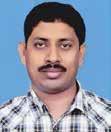
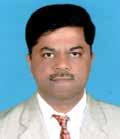
ADOOR NRI FORUM KUWAIT CHAPTER
Bijo P. Babu Jt. General Convener

ASqÀ... AScpIfpsS Ducv
AScpIfpsS Ducv
]n¡me¯p
BbXv. tIcf¯nse hfsc ]g¡tadnbXpw hn]pehpamb N´Ifnsem¶mWp
]dt¡m«pÅ N´. ae©c¡p hym]mc¯n\p hfsc {]ikvXamWv
Øm]n¨
amÀ¡äv F¶ ]dt¡mSv N´. Hcp Ime¯v
CXv. ]p\eqÀ tdmUn ASqcn \n¶pw 4
kmaqlnI
sN¶oÀ¡c cmPhwi¯ntâbpw ]n¶oSv ImbwIpfw cmPhwi¯nsâbpw `cW¯n³ Iognembncp¶p. F.Un 12-þmw \qämïn GgwIpfw {]tZihpw sN¶oÀ¡c kzcq]¯nsâ A[o\Xbnembncp¶p. 1817-HmsS Cu {]tZiw CfbnS¯v kzcq]w F¶dnbs¸«ncp¶ sIm«mc¡c X¼pcm¡³amcpsS Iognembn. IpetiJc tNc·mcpsS ]X\¯n\p tijw IS¼\mSv {Kmaw thWm«p cmPm¡³amcpsS `cW¯n³ Iognembn. ]n¡me¯v Cu {]tZiw ImbwIpfw cmPy¯nsâ Iognembn. amÀ¯mÞhÀa almcmPmhv sNdpInS cmPm¡³amsc tXmev]n¨v XncphnXmwIqÀ cmPyw hn]pes¸Sp¯nbt¸mgmWv Cu {]tZiw XncphnXmIqdnsâ `mKambn amdnbXv. thep¯¼n Zfh (1765-þ-1809) PohXymKw sNbvX a®Sn Cu _vtfm¡nemWv.
1811 ImeL«¯n XncphnXmwIqÀ cmPhwiw Ieªqcnse tZhkz§fpsS `cW¨paXe t\cn«v GsäSp¡pIbpïmbn. sImÃhÀjw 1116-þ IpetiJc cmPhmgvNbmbncp¶p \nehnencp¶Xv. ]n¡me¯v Cu {]tZi¯nsâ `cWm[n]Xyw ]´fw cmP IpSpw_¯n h¶p tNÀ¶p. kwLImes¯ XpSÀ¶p h¶ iXI§fn sImSpa®n _p²aXw \ne\n¶ncp¶p. lnµp-{InkvXy³ ssa{XnbpsS {]XoIambn Nµ\¸Ån henb ]Ånbn {]mNo\amb I¡pcniv C¶pw ImWmw.
_p²aX¯n\v {]Nmcw kn²n¨ncp¶ Hcp ImeL«w ]Ånbv¡Â {Kma¯nepapïmbncp¶p. ]gb ImbwIpfw cmPy¯nsâ `mKambncp¶ ]ffn¡Â _p²aXkwkvImc tI{µambncp¶p. ]Ån¡Â {]tZi¯p\n¶v Hcp _p²hn{Klw IsïSp¯n«pïv. ap¶qdp hÀjw Iq¯mcs¯mSn tI{µam¡n \mSI¡fcnbpw taPÀ skäv IYIfn kwLhpw Gd¯v {Kma¯n {]hÀ¯n¨ncp¶p. ]dt¡mSv _vtfm¡nse Hmtcm {Kma¯n\pw X\Xmb Øe\maNcn{Xapïv.
Bsb¶pw
AªqdpIeIfpsS \mSv
sImSpa¬ F¶ hm¡n\ÀYw kzÀW`qan
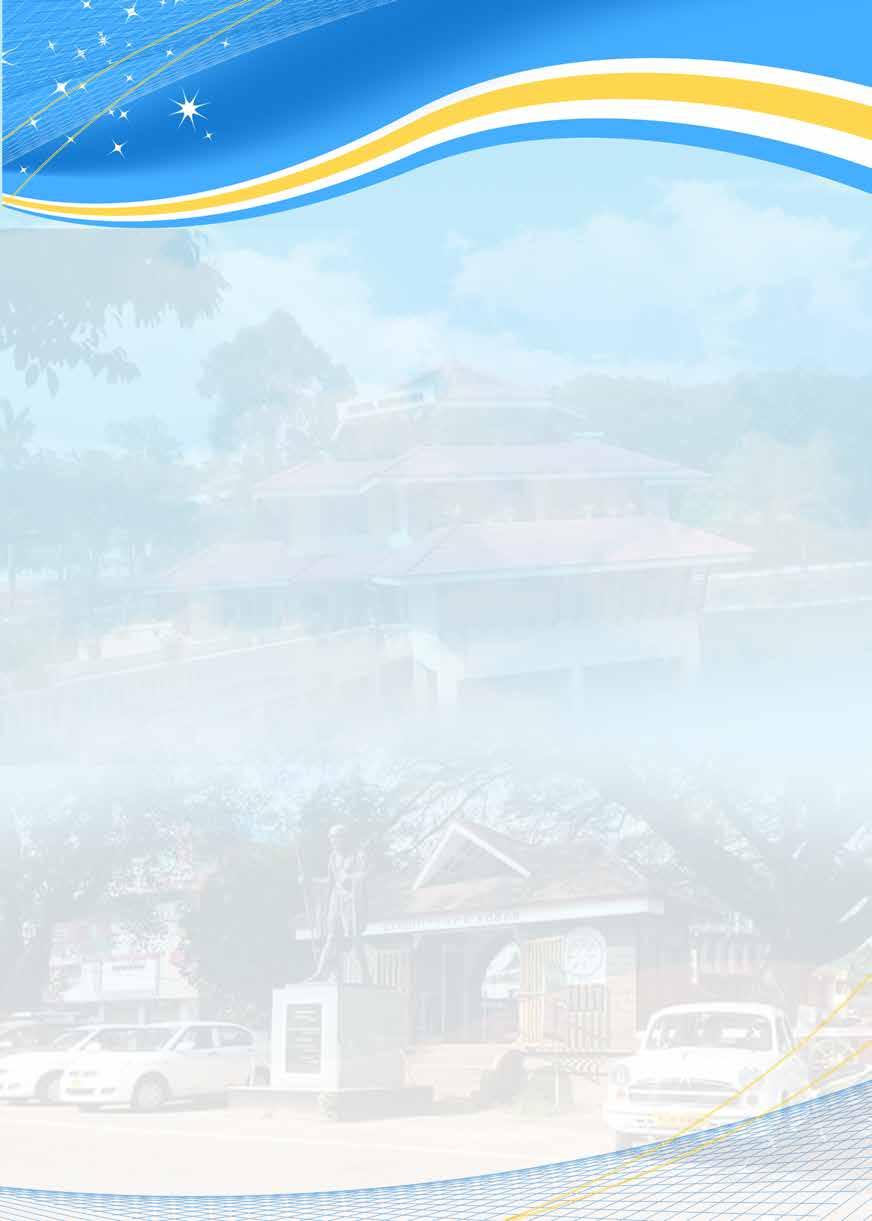
Dïmbn. 1934-þÂ GgwIpfw
s\{lphpw kµÀin¡pIbpïmbn. 1967-þÂ
t\XrXzw \ÂIn. Ipgn¡Â
tk\m\nbpambncp¶p. BZyIme
BWv
ASqÀ
ASqcnsâ kao]{]tZiamb
Znhm³ cmPmtIihZmk³
A\´cma]pcw
XncphnXmwIqdnse hmWnPy¯nsâ kncmtI{µambncp¶p
IntemaoäÀ amdnbmWv Cu N´ ØnXn sN¿p¶Xv.
kmwkv-ImcnI Ncn{Xw : ]pcmX\Ime¯v G\mZnawKew {]tZiw Gsd¡mew
Nm¶m·mcn (CughcnÂ) Hcp hn`mKamWv G\mZn F¶pw AhÀ hkn¡p¶ {]tZiamWv G\mZnawKew F¶v Adnbs¸«ncp¶sX¶pw AXà Cu \mSnsâ A[n]\mbncp¶ ImbwIpfw cmPmhnsâ tk\m\mbI³ Bb G\mZn D®n¯m\n \n¶pamWv Cu {]tZi¯n\v Cu t]cp e`n¨sX¶pw hyXykvXm`n{]mbapïv. ]pcmX\Ime¯v ASqcnsâ {]m´{]tZiamb Gd¯v IfcnapdIfpw, am{´nI hnZybpw ]Tn¸n¡pambncp¶p. AXn\m AShpIfpsS Ducv ASqcmbn F¶v ]dbs¸Sp¶p. Ggp Ipf§fpff ØeambXn\memWv GgwIpf¯n\v B t]cv e`n¨sX¶p ]dbs¸Sp¶p. F.Un BZy \qämpIfn IS¼hwiPcmb `cWm[nImcnIÄ (\mSphmgnIÄ) `cn¨ncp¶ {]tZiambXp sImïmWv IS¼\mSn\p {]kvXpX t]cv e`n¨Xs{X. Hcp almhym[n _m[sb¯pSÀ¶p Ducpw tZihpw hn«v HmSnt]mbhÀ XncnsI h¶p Xmakn¨nSamWv IeªqÀ F¶p tIÄ¡p¶p. A§s\ "Ifª DucpImÀ DffnSw' IeªqÀ
AXÃ
F¶ AÀY¯nemWv Ieªqsc¶p t]cpïmbsX¶pw hmZn¡p¶hcpïv.
F¶mWv. ChnsS ]pcmX\Ime¯v kzÀWJ\\w sNbvXncp¶Xmbn IcpXs¸Sp¶p. _p²hnlmctI{µ§sfbmbncp¶p {]mNo\Ime¯v ]Ån F¶v ]dªncp¶Xv. _p²hnlmc§fpsS km¶n[yapÅ {]tZisa¶ AÀ°¯n ]Ån¡Â F¶ Øe\maw
tImW¯paqe tImf\nbn KmÔnPnbpw 1961þ- G\m¯v
F.sI.tKm]me³ an¨`qan kac¯n\p GgwIpfw ]pXpaebnÂ
hmkptZh\p®n¯m³ sF.F³.F-bnse AwKhpw kzmX{´ykac
cm{ãob
{]hÀ¯Icmbn Ieªqcn \n¶pw s]mXpcwK¯ph¶ tÌäv tIm¬{Kknse {]apJcmbncp¶p Nhd kztZin tKmhnµ\pw ]«cgnI¯p cma³ \mbcpw. ChcpsS {]hÀ¯\^eambn tIih³, ]«wXmWp]nÅ, F^v.Fw.hÀKokv, If¯n³ thembp[³ \mbÀ XpS§nb t\Xm¡Ä ChnsS h¶p tIm¬{Kkn\p thïn {]hÀ¯n¨p. ]Ån¡Â {Kma¯n \n¶pw kzmX{´ykac¯n ]s¦Sp¯ hyànIfn ]vfmhnf]p¯³ ho«n ]n.BÀ tKm]me]nÅ, s\Ãn¡p¶n cma³, tPmk^v Im«n F¶nhÀ {it²bcmWv. 1935- Gd¯v hSt¡¡S¯v Imhv If¯«n h¨v \S¶ kzoIcWtbmK¯n KmÔnPn ]s¦Sp¯p. G\mZnawKes¯ BZys¯ hnZym`ymk Øm]\w 1903-þ Øm]nXamb amcqÀ ss{]adn kvIqÄ BWv. Hcp \qämtïmfw ]g¡apff hS¡S¯pImhv kÀ¡mÀ kvIqfmWv Gd¯v {Kma¯nse BZy hnZymebw. tIcf ss{]adn äot¨gvkv Atkmkntbj³ IS¼\m«nemWv cq]wsImïXv.
F.Un.1895þ a®Sn apSn¸pcbv¡p kao]w hm¡hªn¸pg aTw hI Øe¯v Bcw`n¨ ]mTimebmWv IS¼\ms« BZys¯ kvIqÄ. 1914-þ ]n.Fw.kvIqÄ Ieªqcn Øm]nXambn. 1970-þ71 ImeL«¯n ChnsS ]«nIPmXn-]«nIhÀ¤¡mcpsS kwLS\m {]hÀ¯\hpw Bcw`n¨p. 1947-\p ap¼pÅ ImeL«¯n ]\§m« P·namÀs¡Xnsc \S¶ kacw {it²bamWv. 1953þ-54-þ \S¶ IpSntbä kac§fpw {]kn²amWv. 1959þ- IÀjIkwL¯nsâ t\Xmhmbncp¶ ]n.BÀ am[h³ ]nÅbpsS t\XrXz¯n sImSpa®n ZoÀLIme ImÀjnI kacw \S¶p. 1971-þ CS¯n«bn \S¶ IÀjIsXmgnemfn sImbv¯pkacw ImÀjnItaJebn hn]vfhIcamb amäw hcp¯n. Ht¶Im \qämïn\p ap¼v Bcw`n¨ Nµ\¸Ån Kh.FÂ.]n. kvIqfmWv sImSpa®nse BZys¯ kvIqÄ. ]g¡w sImïpw s{]uVnsImïpw {]ikvXamb ASqÀ {ioaqew Xncp\mÄ jãyÐ]qÀ¯n kvamcI CwKvfojv sslkvIqÄ ]Ån¡Â {Kma¯nse {][m\ hnZym`ymktI{µamWv. tKmhnµ\p®n¯m³ 1944þ- Øm]n¨ {KÙimebmWv ]Ån¡se BZy hmb\ime. 1929-þ sI.]n.tdmUv (ImbwIpfw-]p\eqÀ) tdmUv k©mctbmKyam¡n. 1929-þ BZys¯ _kv kÀhokv \S¯n. ASqÀ-]q\eqÀ dq«n F«p t]À¡ncn¡mhp¶ "Fbväv koäÀ" F¶ _kmWv kÀhokv Bcw`n¨Xv. Fw.kn.tdmUv Cu _vtfm¡neqsS IS¶p t]mIp¶p. ]qX¡c [Àaimkv{X t£{Xw, ZqX¦c ]ffnapcpt]epff apkvfow ]ffn, Cfa®qÀ {io\mcmbW]pcwt£{Xw, aäp {InkvXy³ tZhmeb§Ä F¶nhbmWv G\mZnawKes¯ {][m\ Bcm[\meb§Ä. hSt¡¡S¯v Imhv, I®wtImSv {InkvXy³ ]ffn, shff¡pf§c amÀt¯mam]ffn, shffmcwIp¶nse t£{Xw, Ips¯mcSn t£{Xw XpS§nbhbmWv Gd¯v {Kma¯nse {][m\ Bcm[\meb§Ä. 500 hÀjw ]g¡apÅ G\m¯v Ifae apkvfow ]ffn, 1859þ- \nÀ½n¨ G\m¯v amÀt¯mam ]ffn, s\Spa¬ bmt¡m_mb kndnb³ ]ffn, 800 hÀjw ]g¡apÅ GgwIpfw tZhn t£{Xw, G\m¯v almtZh t£{Xw XpS§nbh {][m\ Bcm[\meb§fmWv.
a®Sn ]gbImhv tZho t£{Xw, ]pXnbImhv tZho t£{Xw, skâv B³{Uqkv amÀt¯mam NÀ¨v, skâv tXmakv HmÀ¯tUmIvkv
A¯v ]Ån XpS§nbhbmWv IS¼\ms« {][m\ Bcm[\meb§Ä.
tPmÀPv HmÀ¯tUmIvkv tZhmebhpw, 1092- t]mÄkv tZhmebhpw Ieªqcn Øm]nXambn. sImSpa¬ {Kma¯nse Nµ\¸Ån henb]Ånbpw AhnSs¯ I¡pcnipw
`mcX¯n Nne´nsb Bcm[n¡p¶ k{¼Zmbw \ne\n¡p¶
t£{Xambncn¡pw. Pe{]XnjvTbpÅ A]qÀhw t£{X§fn H¶mWv A§mSn¡Â am¼nemhn t£{Xw. sshIpWvT]pcw t£{Xhpw {]kn²amWv. ]Ån¡Â {ioIWvT kzman t£{Xw,
{iokzbw`q KW]Xnt£{Xw, lncWy\ÃqÀ almtZhÀ t£{Xw XpS§nb t£{X§fpw, 100 hÀjw ]g¡apÅ
]ÅnIfpw \nch[n {InkvXy³ ]ÅnIfpw ]Ån¡Â {Kma¯nepïv. hnhcW§Ä

henb ]Ån, a®Sn Pam
H¶Im \qämn\p ap³]v sImÃhÀjw 1067-þ skâv
{]mNo\hpw {]kn²hpamWv.
GI t£{Xw sImSpa¬ ]Ånbd
]Ån¡Â
apkvfow
A]qÀ®w IS¸mSv....ASqÀ Hm¬sse³

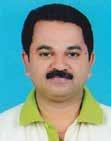
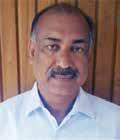
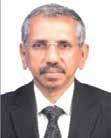

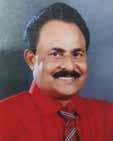
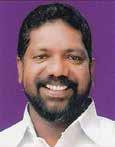
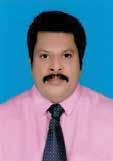
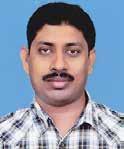
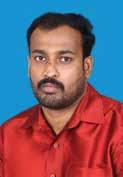

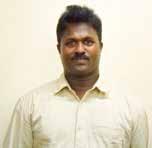
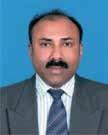


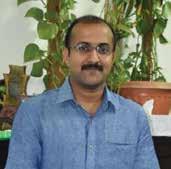

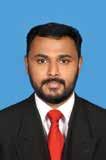

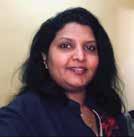
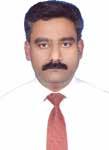

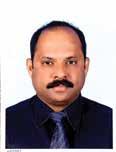


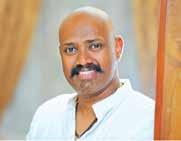
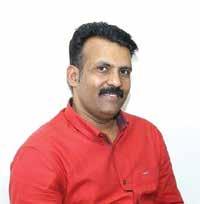

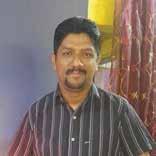

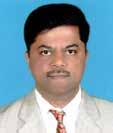


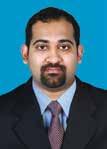
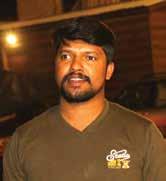


ADOOR NRI EXECUTIVE COMMITTEE 2019 ADVISORY BOARD BIJO P BABU CHAIRMAN KUNJACHAN BABU MEMBER KOSHY MATHEW MEMBER REJU VARGHESE MEMBER GEE MATHEW MEMBER
CHITTAYAM
GOPAKUMAR PATRON SREEKUMAR S. NAIR PRESIDENT ANU PHILIP RAJAN VICE PRESIDENT BIJU K.C. GENERAL SECRETARY JIJU P. SIMON TREASURER VINU DIVAKARAN JOINT SECRETARY JOHN MATHEW JOINT TREASURE ADARSH BHUVANESH PRO & CULTURAL CON. REJO KOSHY CHARITY - CONVENER
JOY
MULLAMTHANAM HON. AUDITOR
BOVES KUTTY YOHANNAN SHYJU V. GEORGE
LIJO PHILIP
MATHEW THARAKAN SHAMJA SHAHUL ABRAHAM
KUNJU
TERRY THOMAS
SUNIL KUMAR AG
SOBESH THOMAS SHAHEER MYTHEEN KUNJU LAIJU P. ISAAC
SAM C. VILANILAM ALEX VARGHESE BIJU DANIEL ROY K. K.
ADOOR NRI FORUM KUWAIT CHAPTER



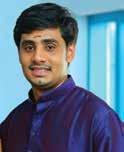




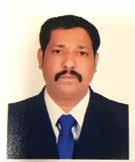


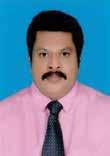

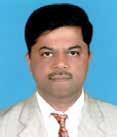
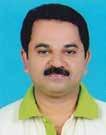





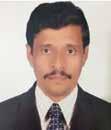
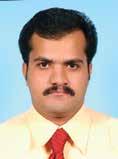

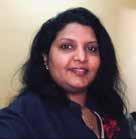
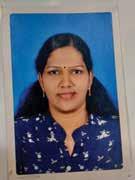
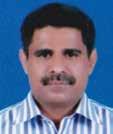

ADOORONAM COMMITTEE - 2019 FINANCE & COUPON COMMITTEE SOUVENIR COMMITTEE PROGRAMME COMMITTEE ROY K K JT. CONVENER JAYAN JANAARDHAN JT. CONVENER VISHNU RAJ JT. CONVENER ALEX VARGHESE JT. CONVENER AJO C THOMAS CONVENER SHIJU SIMON JT. CONVENER SAJU MATHEW JT. CONVENER MANOJ THANKACHAN JT. CONVENER BINDHU WILLAM JT. CONVENER LAIJU P. ISAAC CONVENER SREEKUMAR S. NAIR PRESIDENT GENERAL SECRETARY SAM C. VILANILAM GENERAL CONVENER BIJO P. BABU JT. GENERAL CONVENER ANU PHILIP RAJAN VICE PRESIDENT & JT. GENERAL CONVENER JIJU P. SIMON CONVENER MATHEWS OOMMEN JT. CONVENER KOSHY MATHEW JT. CONVENER JOHN MATHEW JT. CONVENER ANISH MATHEW ABRAHAM JT. CONVENER JT. CONVENER RECEPTION COMMITTEE 2019 BIJU DANIEL JT. CONVENER SHAMJA SHAHUL JT. CONVENER SUJA SUNIL JT. CONVENER JIJU DAVID CONVENER ADOOR NRI FORUM KUWAIT CHAPTER


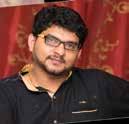

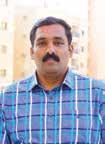


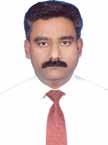




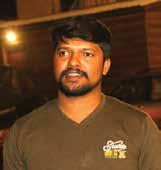

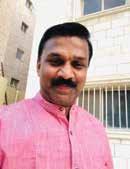
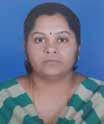

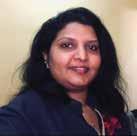

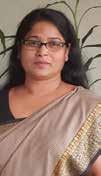
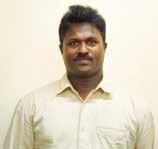
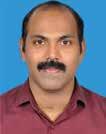





MEDIA AND PUBLICITY COMMITTEE TRANSPORTATION COMMITTEE FOOD COMMITTEE LADIES WING COMMITTEE INFRA STAGE COMMITTEE VOLUNTEER COMMITTEE STAGE ADARSH BHUVANESH CONVENER SHYJU V GEORGE JT. CONVENER LIJO PHILIP JT. CONVENER WILLIAM KUNJU KUNJU CONVENER REJO KOSHY JT. CONVENER ANAND PARAKASH JT. CONVENER SHYJU V. GEORGE CONVENER TERRY THOMAS JT. CONVENER BINU KOSHY JT. CONVENER SAJI ABRAHAM JT. CONVENER BIJI CHARLEY JT. CONVENER BIJU THOMAS JT. CONVENER VINODH SUKUMARAN JT. CONVENER SHAMJA SHAHUL CO ORDINATOR BINU SAM VINU DIVAKARAN CONVENER BOVES KUTTY YOHANNAN SHAHEER MYTHEEN KUNJU JT. CONVENER JT. CONVENER JT. CONVENER ADOOR NRI FORUM KUWAIT CHAPTER


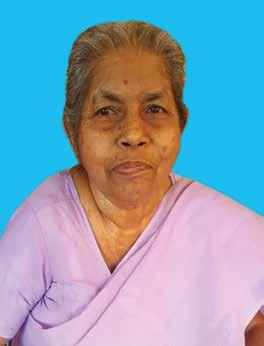
 Mrs. Annamma Mariamma Meloott House, Adoor
Mrs. Annamma Mariamma Meloott House, Adoor

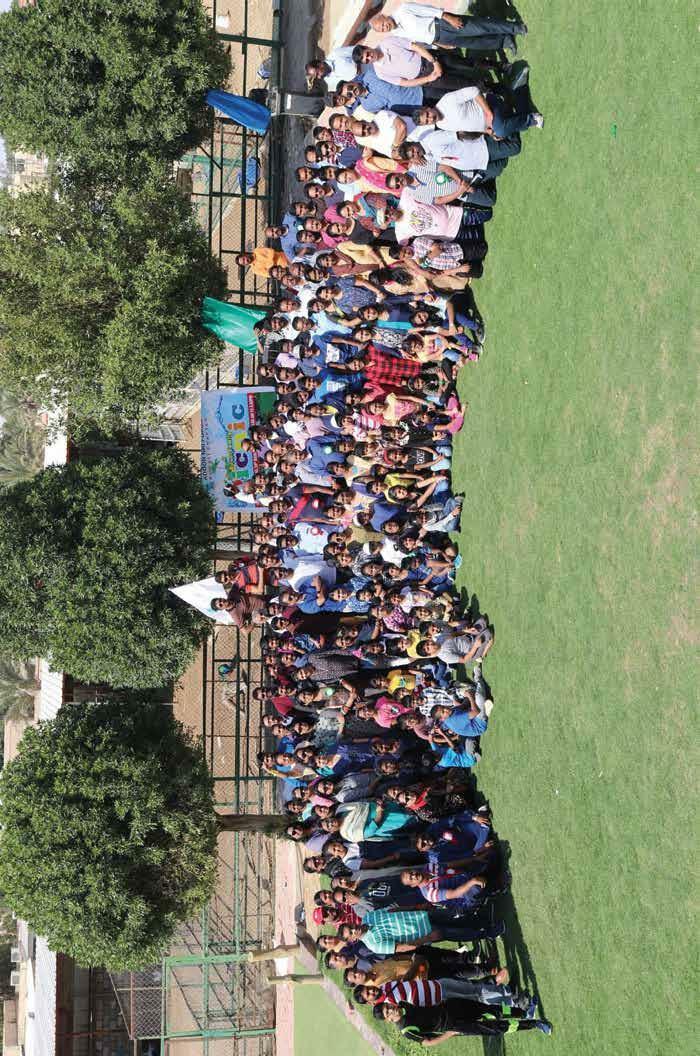
ASqÀ IpSpw_w


ADOOR GOPALAKRISHNAN

The Boy And The Wall Clock
– C.S. Venkiteswaran
The very first moments an Adoor film lit up the screen, in the initial shot-sequences of Swayamvaram (1972), one saw the dramatic conventions of mainstream cinema being cast aside. The protagonists are on a bus. Nothing happens.
The journey takes as much time as a bus ride would. The spatio-temporal unity throws the characters directly into a real world, and the maestro starts his journey into the allegorical with that gesture of everydayness. In an oeuvre spanning over four decades and counting from Swayamvaram (1972) to Pinneyum (released August 2016) one of the central themes of Adoor Gopalakrishnan’s films has been the ethical conflicts of men caught inexorably in the vortex of history and power. At the very basic level, it is a question of survival for them, but this struggle to live with freedom and dignity pushes them into confrontations with power structures along various axes familial, social, communal and political. In the process, Adoor’s films map the highs and lows, the agonies and upsurges that Kerala witnessed in these decades. Turbulences that connect with and encapsulate the universal.
Excavating the Present

Though Adoor constantly experiments with different narrative formats and storytelling modes, certain elements persist in his oeuvre the geographic terrains, thematic concerns, temporal frames and ethical anxieties that were and are rigorously consistent and deeply ‘local’. And it is precisely via this firm and intense rootedness in ‘local’ history, politics and culture that the dramatic conflicts and inner dilemmas in these films attain their universal appeal. In that sense, one could describe Adoor as an excavator of Kerala’s internal histories, someone who digs layer after layer beneath the ‘radical’ and ‘progressive’ surface of Malayali life to unravel its fatal faultlines and hidden ruptures, both at the individual and social level. Adoor achieves this not only through his narrative dexterity, but most evocatively, through elaborate and accurate detailing of characters through costumes, body language, slang and rendering of dialogue, of sound
effects, and of mise en scene through attention to every minute element of built landscape and locale. Never is anything out of place in this world, everything has been worked out and chiselled to perfection, leaving no space for anything vague or ambiguous. It is this acute attention to detail that makes his films social documents par excellence. In his own words, “When you go in search of truth, you have necessarily to deal not with abstract notions and generalities, but with specifics”.
Binu G. Adoor


In Vidheyan, a film that deals most explicitly with power, master and slave develop symbiotic links: feeding and feeding upon each other.
During the last decades, his films have returned again and again to certain issues, themes and dilemmas that haunt our society and nation, exploring their varying significance, as they acquire different dimensions and poignancies in relation to contemporary socio-political contexts. Very few filmmakers in India have delved into the multifarious aspects of power in our society and how it works its way through the sinews of individual, social and political relationships.
Vidheyan, the most explicit among his films that deal with power, explored how brute power functions in a social setup where the master and servant gradually develop symbiotic links, feeding and feeding upon the other. It’s a film that exudes ominous resonances in the times we live in now. In Mukhamukham, it is another kind of power relationship and dependency that Adoor elaborates upon people who, instead of taking their destiny into their own hands, obsessively seek a leader who will deliver them from all their miseries. It is a yearning that cannot do without idols and icons that are destined to fail, triggering a curious trail of self-denial on the one hand, and celebration of martyrdom on the other. As it turns out, any such enigmatic figure of an idealist leader whom people desperately look up to for deliverance speaks more about the moral vacuum they are deeply mired in rather than the idolised man himself. Though vehemently criticised at the time of its release, it became a reality in Kerala two decades down the line, in the figure of the nonagenarian Communist leader V.S. Achuthanandan, who was looked up to as the saviour of the party and a harbinger of radical change. In Nizhalkutthu, one can see the ultimate power of the state its right to kill a person resonate at the lowest rung of the power structure; here, the
ADOOR NRI FORUM KUWAIT CHAPTER
Wall Clock
moments an Adoor film lit up the screen, shot-sequences of Swayamvaram (1972), dramatic conventions of mainstream aside. The protagonists are on a bus.
as much time as a bus ride would. unity throws the characters directly and the maestro starts his journey into that gesture of everydayness. In an over four decades and counting from (1972) to Pinneyum (released August the central themes of Adoor films has been the ethical conflicts of inexorably in the vortex of history and basic level, it is a question of survival struggle to live with freedom and them into confrontations with power various axes familial, social, political. In the process, Adoor’s films lows, the agonies and upsurges that these decades. Turbulences that encapsulate the universal.
effects, and of mise en scene through attention to every minute element of built landscape and locale. Never is anything out of place in this world, everything has been worked out and chiselled to perfection, leaving no space for anything vague or ambiguous. It is this acute attention to detail that makes his films social documents par excellence. In his own words, “When you go in search of truth, you have necessarily to deal not with abstract notions and generalities, but with specifics”.
Dr. Paulson Daniel Thomas MBBS, MD Physician
Present constantly experiments with different and storytelling modes, certain his oeuvre the geographic terrains, temporal frames and ethical and are rigorously consistent and it is precisely via this firm and ‘local’ history, politics and culture conflicts and inner dilemmas in these universal appeal. In that sense, one Adoor as an excavator of Kerala’s someone who digs layer after layer ‘radical’ and ‘progressive’ surface of unravel its fatal faultlines and hidden individual and social level. Adoor only through his narrative dexterity, evocatively, through elaborate and accurate characters through costumes, body rendering of dialogue, of sound
In Vidheyan, a film that deals most explicitly with power, master and slave develop symbiotic links: feeding and feeding upon each other.
During the last decades, his films have returned again and again to certain issues, themes and dilemmas that haunt our society and nation, exploring their varying significance, as they acquire different dimensions and poignancies in relation to contemporary socio-political contexts. Very few filmmakers in India have delved into the multifarious aspects of power in our society and how it works its way through the sinews of individual, social and political relationships.
Rekha Thomas
DGO

Shifa Al Jazeera Medical Center
Vidheyan, the most explicit among his films that deal with power, explored how brute power functions in a social setup where the master and servant gradually develop symbiotic links, feeding and feeding upon the other. It’s a film that exudes ominous resonances in the times we live in now. In Mukhamukham, it is another kind of power relationship and dependency that Adoor elaborates upon people who, instead of taking their destiny into their own hands, obsessively seek a leader who will deliver them from all their miseries. It is a yearning that cannot do without idols and icons that are destined to fail, triggering a curious trail of self-denial on the one hand, and celebration of martyrdom on the other. As it turns out, any such enigmatic figure of an idealist leader whom people desperately look up to for deliverance speaks more about the moral vacuum they are deeply mired in rather than the idolised man himself. Though vehemently criticised at the time of its release, it became a reality in Kerala two decades down the line, in the figure of the nonagenarian Communist leader V.S. Achuthanandan, who was looked up to as the saviour of the party and a harbinger of radical change. In Nizhalkutthu, one can see the ultimate power of the state its right to kill a person resonate at the lowest rung of the power structure; here, the
Farwaniya, Kuwait.
Dr.
MS,
Gynecologist
executioner, destined to act as the killer. The film is about how Kaliyappan desperately attempts to redeem his humanity by weaving an alternative fictional reality. In contrast, what makes Sankarankutty in Kodiyettam an endearing character is his free-floating existence that is totally oblivious to the Establishment, of any kind. All the women in Nalu Pennungal and Oru Pennum Randaanum grapple with patriarchal power in one form or another, as it defines and encompasses family, society and state; a power machine that lords over everything, right from basic necessities like food, sex, shelter and livelihood. It is only Kunjunni (Kathapurushan) and Basheer (Mathilukal), both political activists and writers, who take on such structures and strictures of power and transcend them they do it through introspective detachment, political conscience and artistic creativity.
The male-female duo at the centre of Adoor’s films, even while being carried away by currents of time, bears the marks of history and also its burden. Together, they take on the challenges thrust upon them by the present, trying to build a life of their own and seeking, in the process, their self, identity and freedom. They break the limits, explore new paths, but their inner and outer trajectories are not the same. While the men fret and flounder, the women are anchored to life. If one looks at Adoor’s male protagonists, one can find the crisis of masculinity deepening. Viswanathan of Swayamvaram is a lover, an aspiring writer and a struggling wage-earner who makes compromises and finally succumbs to death. His is an idealism that could not survive in that bleak period of unemployment and poverty. In Pinneyum, the figure of Purushothaman Nair looks similar: he too is educated and unemployed, struggling to find a decent job, financial security and command respect from his in-laws and neighbours. Here, it is not to the pressures of life he succumbs, but to greed. Irredeemably amoral, he seeks short-cuts to good life. In a chilling turn, he, along with his wife’s father and uncle, conspires to murder an innocent man to fake his own death and claim insurance. And he does this at a time when he already has a comfortable job in the Gulf. And most strikingly, never does he repent on what he has done. So, it is a huge and fatal plunge or moral fall from Viswanathan to Purushothaman Nair, through which Adoor unequivocally touches on the deep moral void at the centre of contemporary Kerala society. The only counterpoint in Pinneyum is the character of Kuttan, who vegetates as a passive witness to everything around him, physically and morally incapable of doing anything about it.
The Crisis of Masculinity
In contrast to the men, the women in Adoor’s films, though they seldom occupy the centrestage, are strong, ethical and emotional presences. They range from the self-effacing, sacrificing prototype, like Rajamma in

Elipathayam, Kamalam in Kodiyettam and Sreedharan’s wife in Mukhamukham, to the rebellious Sreedevi (Elippathayam), the matriarchal grandmother in Kathapurushan, the tantalising figure of Suma/Nalini in Ajayan, in Anatharam, epitomises the deep split within Adoor’s men, where the extrovert and the introvert are at odds with each other. As in the film, they are not able to get their numerals in a natural sequence it is either all odds or all evens, always leaving a painful vacuum in between.
Adoor’s narrative world is a psychedelic mix of fact and fiction, delusion and reality…indeed, a series of conflictual dyads: desires/abilities, thinking/feeling, feeling/experiencing, experiencing/acting. It teems with characters torn between survival and the longing for freedom and creativity, between the addictive lures of power and forms of slavery. It’s these ever- widening chasms that tear apart his protagonists, among whom the darkest figure would be Purushothaman (literally ‘the most ideal among men’). The precipitous fall from Viswanathan of Swayamvaram to Purushothaman Nair of Pinneyum is stark and tragic the latter’s predicament staring at our times when the very idea of human substance is at risk. This is an unrepentant protagonist a ‘normal’, educated, middle-class, middle-caste youngster, who, driven by sheer greed, conspires, kills and impersonates to achieve a ‘carefree’, unencumbered life. He, in more ways than one, symbolises a moral void that poses deeply unsettling questions to us about ‘progressive’ Kerala, ‘shining’ India, and the globalised world.
* (First docu: 1965)
(C.S. Venkiteswaran, a film scholar and documentary maker, has co-edited the book A Door to Adoor.)
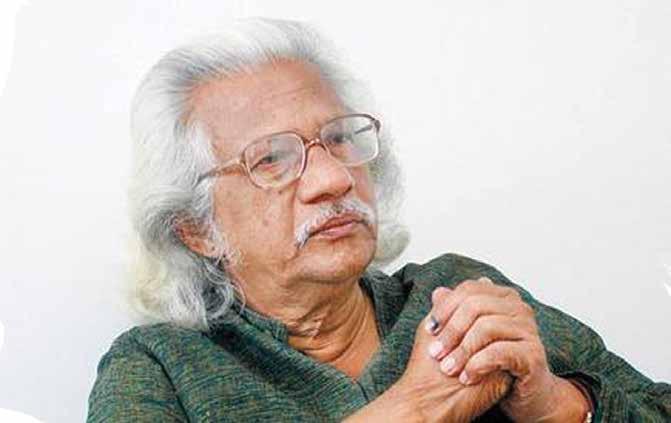

ADOOR NRI FORUM KUWAIT CHAPTER
BestWishesFrom Binoy
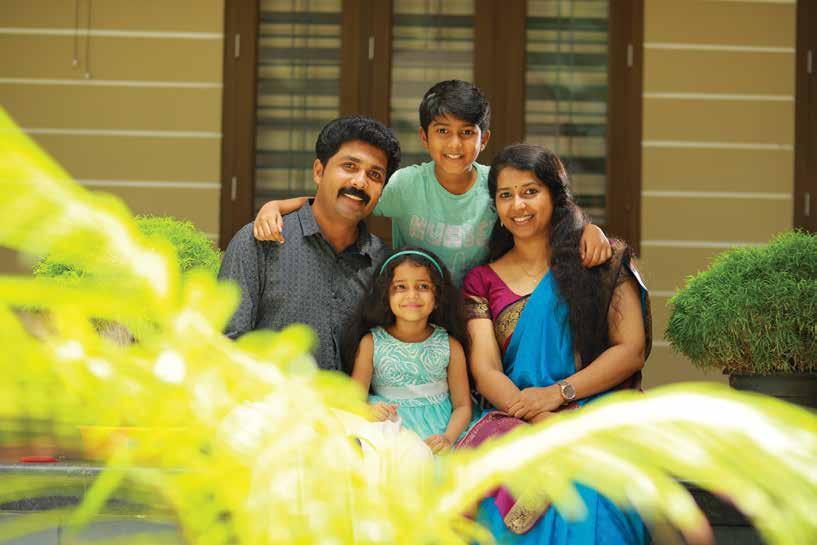


Johny & Family


Sleep apnea is a serious sleep disorder that occurs when a person’s breathing is interrupted during sleep. People with untreated sleep apnea stop breathing repeatedly during their sleep, sometimes hundreds of times. This means the brain –and the rest of the body –may not get enough oxygen . There are two types of sleep apnea: • Obstructive sleep apnea (OSA):The more common of the two forms of apnea, it is cause by the blockage of the airway,usually when the soft tissue in the back of the throat collapse during the sleep. • Central sleep apnea: Unlike OSA,the airway is not blocked, but the brain fails to signal the muscle to breath, due to instability in the respiratory control center. Am I at risk of Sleep Apnea? Sleep apnea can affect anyone at any age, even children.Risk factors for sleep apnea include: • Being Male • Being overweight • Being over age 40 • Having a large neck size (17 inches or greater in men and 16 inches or grater in women) • Having large tonsils, a large tongue or a small jaw bone. • Having a family history of sleep apnea • Nasal obstruction due to deviated septum,allergies,or sinus problems What are the Effects of Sleep Apnea? If left untreated,sleep apnea can increase the risk of health problems ,including • High Blood Pressure • Stroke • Heart Failure,irregular heart beats and heart attacks • Diabetes • Depression • Worsening of ADHD • Headaches In addition, untreated sleep apnea may be responsible for poor performance in every activites,such as at work and school, motor vehicle crashes, and academic underachievement in children and adolescents. Sleep Apnea Symptoms Common sleep apnea symptoms include. • Waking up with a very sore or dry throat • Loud Snoring • Occasionally waking up with a choking or gasping sensation. • Sleepiness or lack of energy during the day • Sleepiness while driving • Morning Headaches • Restless Sleep • Forgetfulness, mood changes, and a decrease interest in sex • Recurrent awakening or insomnia TREATMENT • Lifestyle and home remedies 1. Lose excess weight 2. Exercise 3. Avoid alcohol and certain medications such as tranquilizers and sleeping pilla. 4. Sleep on your side or abdomen rather than on your back. 5. Don’t smoke. • Therapies 1. Continuous positive airway pressure (CPAP) 2. Other airway pressure devices 3. Oral appliances. • Surgery 1. Tissue removal 2. Tissue Shrinkage 3. Jaw repositioning 4. Implants 5. Nerve stimulation 6.Creating new air passageway (tracheostomy) SLEEP APNEA

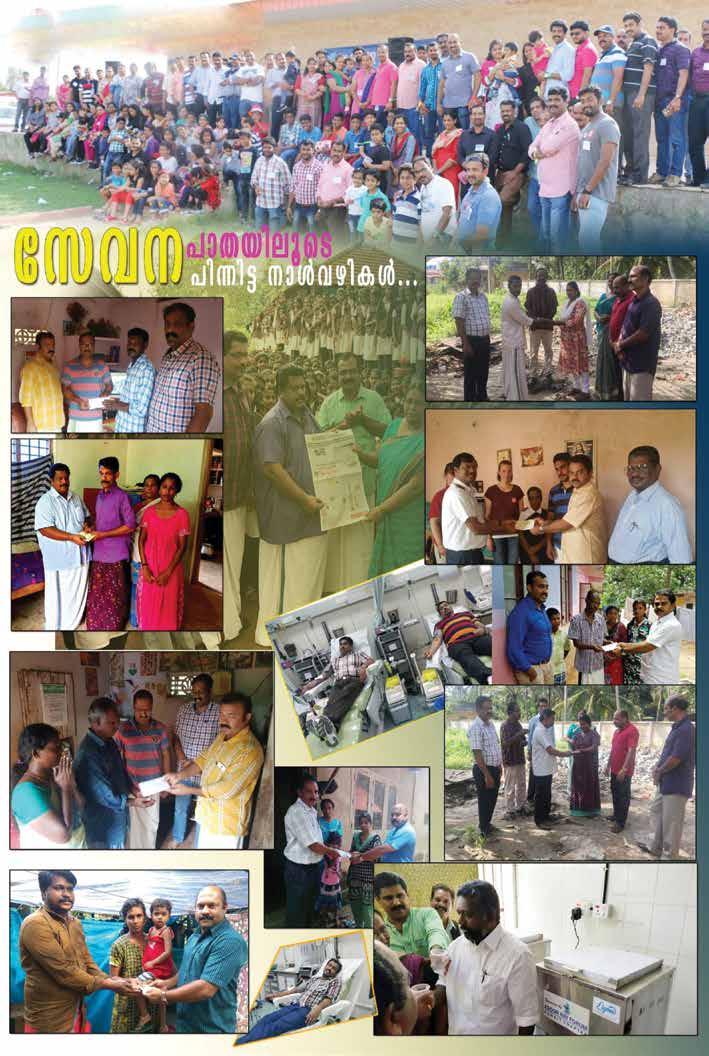

ADOOR NRI FORUM KUWAIT CHAPTER



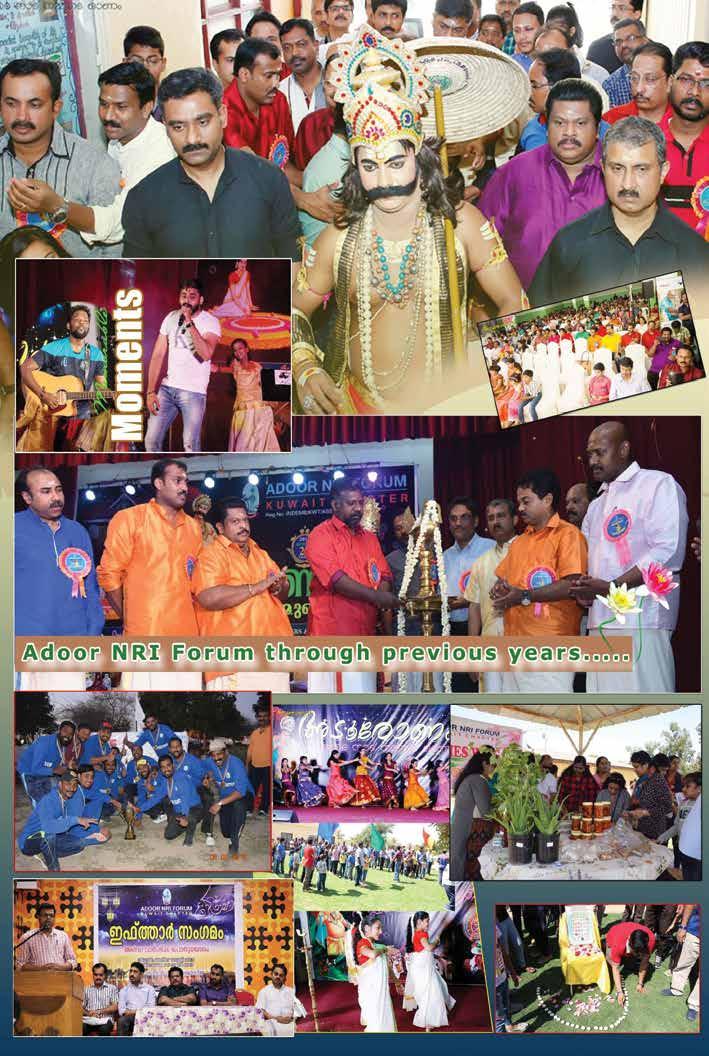
ADOOR NRI FORUM KUWAIT CHAPTER
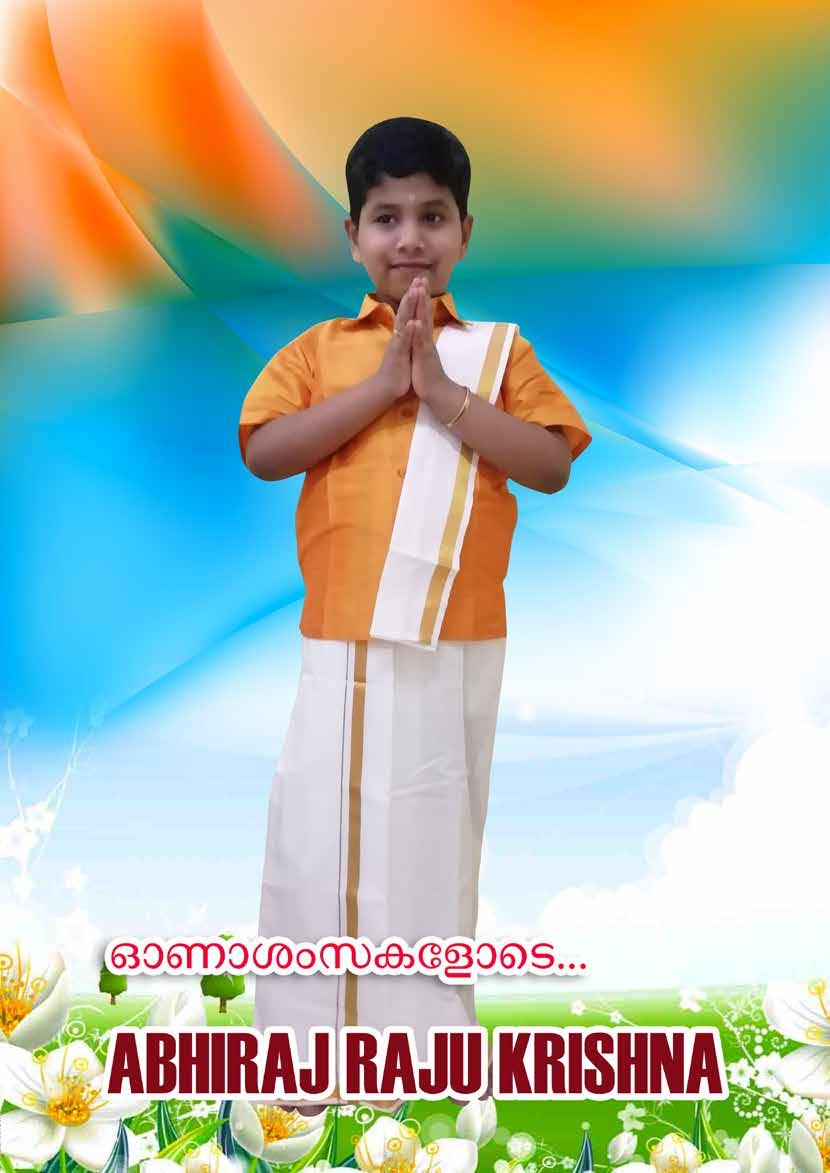



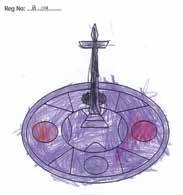
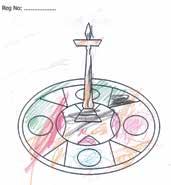
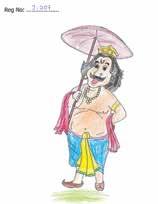
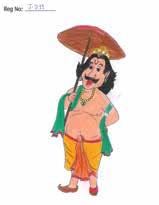









ADOOR NRI FORUM KUWAIT CHAPTER



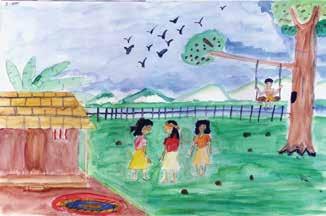
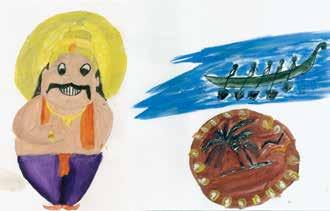
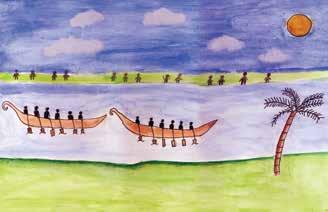

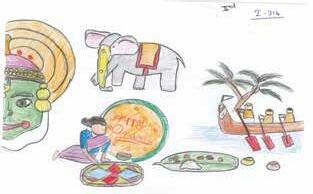
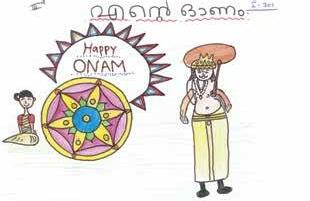







ADOOR NRI FORUM KUWAIT CHAPTER

“Teacher heard kuttan’s ambition, she broke into tears”
This is no ordinary story, this is an unusual story of a boy who was brought up in ordinary circumstance. Years ago in one of the school in kottayam district of kerala there studied a boy. His parents and friends called him Kuttan. Always he was the last to remit the tuition fees and that ensured that most of the time he had to spend his time standing outside the class. A boy without book, a boy who only can listen the lessons through the faint voice coming outside. And yes there was no surprise, he did poor in his subjects. Kuttan had only one friend in the entire school, that was Babu. Their teachers observed that friendship with amazement. The boy who is from the backward caste, who is poor in studies as well as means is walking with hands on the shoulder of the higher caste rich boy, who excels in all the subject. Babu used to tell kuttan about his family, his big mansion like house and that invoked curiosity inside kuttan’s mind. He had never seen a mansion before. Kuttan asked Babu “Can you take me to your home, I have never seen a mansion before”. Babu was apprehensive about his parents, He feared that they won’t allow kuttan inside, so Babu decided to take kuttan to his home when his parents went outside. Kuttan watched everything with wonder. The big building,the garden, the water coming out of the fountain, but what astonished him the most was the Dog kennel in Babu’s home. It was almost as big as kuttan’s home and the food the puppy eating was a feast that kuttan could only dream.

Days went by and one day there was inspection in the school. A teacher came and she talked with the students inquired about the the facilities and classes in the school. She then started to ask about the students ambition, One by one she asked. Some replied Doctors, Some engineers, some teachers and then when it was kuttan’s turn he said “ I want to become the puppy in Babu’s home”
The whole class was broke into laughter, But The teacher couldn’t laugh at the innocence of this little boy, whose greatest dream was to become a dog in babu’s house, she observed the boy, the shabby dress he was wearing, the lean body with protruded bones, and she broke up inside. After the inspection she called Kuttan and enquired about his circumstances.
JESLYN JOY MULLAMTHANAM ADOOR

She made sure that kuttan received his text book and attended the class.
Kuttan Passed eighth standard, ninth and tenth . He joined for BA and then for MA In English Literature at Maharaja’s college Ernakulam, He passed with First rank in the University. He received a Scholorship from JRD Tata to pursue political science at London School of Economics under Harold Laski. After his studies while he was returning back to India, Harold Laski gave him a letter and asked to meet Pandit Nehru, then Prime Minister of India. Kuttan went to Delhi. He took the appointment and met Nehru. They talked about the London school ,and after ten minutes when kuttan was ready to go he gave that letter to Pandit ji. Then bid goodbye and left the room. As he walked through the corridors he heard a clap from back side and he was astonished to see pandit ji walking towards him hastily. On reaching near kuttan panditji asked why he didnt give him the letter in the beginning itself. "Well, sir, I am sorry. I thought it would be enough if I just handed it over while leaving." replied kuttan. In that letter to pandit ji Lasky wrote about the brilliance of his favorite student. And he pleaded Nehru not to let go of his talents. He finished his studies from London School of Economics and as soon as he was back, he was appointed as the Indian Foreign Service officer. During the course of his service he distinguished himself as one of the best diplomats of the country. Nehru inducted Kuttan to IFS, he became a diplomat, an ambassador then secretary to the minister of external Affairs, then later he became a political figure a member of the parliament (from Ottappalam). He joined politics on the request of Indira Gandhi and served as a minister in Rajiv Gandhi’s cabinet. Later on, he went on to serve as the Vice President in 1992.Yes, Kuttan is our Late Mr. K.R.Narayanan, the tenth President of India in 2002.
The life story of Young Kuttan who dreamt of becoming a puppy in Babus home is not an ordinary story, its an extra ordinary story of hard work and hardships which tells us that its not the easy life that makes us successful but the adversities.

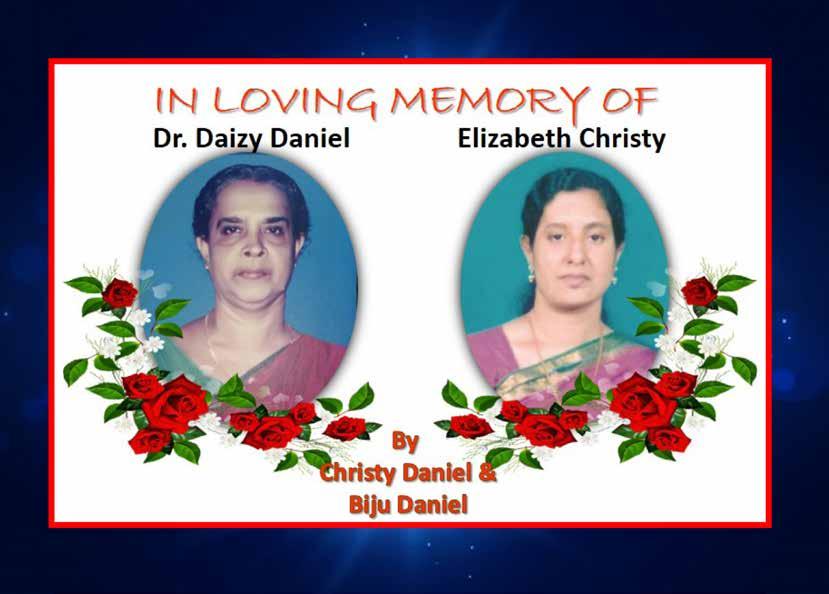
PohnXssien tcmK§fpw
{]talw, sImfkvt{SmÄ, càk½À±w, AanXh®w, Iym³kÀ, lrt{ZmKw F¶o tcmK§Ä \ap¡v PohnXssien tcmK§fn DÄs¸Sp¶hbmWv. F¶ph¨m sXämb PohnXNcyIÄ sImïv \ap¡v h¶p `hn¡p¶ tcmK§Ä F¶mWv. F§s\ \ap¡v PohnXssien tcmK§sf XSbmw.
1. PohnXssien tcmK§Ä F¶ t]cn Xs¶bpïv CXn\pÅ D¯cw. PohnXssienbn amä§Ä hcp¯nbm \ap¡v Cu tcmK§sf XSbmw.
2. {^jv ^pUv, shPnä_nÄ & {^q«vkv IqSpXembn D]tbmKn¡pI
3. Znhkhpw cïp enäÀ apIfn shÅw IpSn¡pI
4. Znhkhpw 45 an\näv F¦nepw hymbma¯n\mbn amänhbv¡pI.
5. {]hmknIfn s]mXpth Iïphcp¶ ioeamWv t{_¡v^mÌv kvIn¸nwKv. CXv Hgnhm¡pI
6. cmhnse shdpwhbän tIm¸n, So apXemb IpSn¡msX Hcp ¥mkv t\mÀa hm«À IpSn¡pI.

7. cm{Xnbn t\cs¯ ^pUv Ign¡pI. InS¡p¶Xn\v aq¶v aWn¡qÀ aps¼¦nepw.
8. Stress,sS³j³ Ch Hgnhm¡pI. (tbmK & {]mWbma \nXyPohnX¯n ioeam¡pI)
9. 6þ-8 aWn¡qÀ XSÊanÃmsX Dd§pI.
Diabetes({]talw) þ{]hmknIfpsS CSbn GItZiw 40% Iïphcp¶ Hcp tcmKamWv {]talw. F¶v sh¨m cà¯nse ]©kmcbpsS Afhv IqSpI F¶Ã adn¨v ]m³{Inbmknse ß tImi§Ä¡v cà¯nse ]©kmcsb \nb{´n¡m³ Ignbp¶nà F¶mWv AÀ°w. þtamtU¬ saUnkn\n {][m\ambpw 2 Xcw {]tal§fmWv ]dbp¶Xv type 1 & type 2 þF¶m BbpÀthZ¯n 3 XcamWv DÅXv. BZyt¯Xv PohnXssienbn amäw hcp¯nbm amdp¶Xpw cïmat¯Xv NnInÕ \nÀ¯msX XpSÀ¶psImïv Ccnt¡Xpw aq¶mat¯Xv F{X NnInÕn¨mepw amdm¯XpamWv. þ BbpÀthZ¯n ]etcmK§Ä¡pw
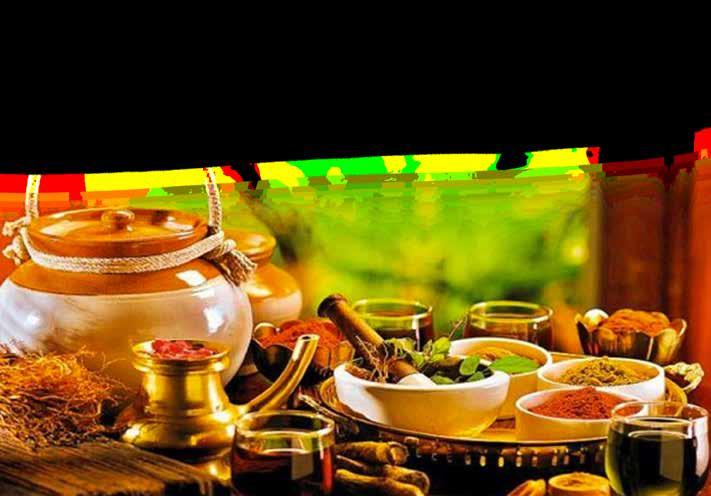
test sNbvXm Nnet¸mÄ
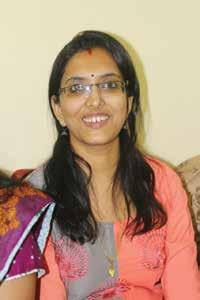

]n¡me¯v
hcm³
CSbv¡v shÅw IpSnt¡ïn hcnI Chsbms¡bmWv IqSpXembn Iïphcp¶ e£W§Ä þkm[mcW {]taltcmKnIÄ simple sugar H¶pw Xs¶ D]tbmKn¡m³ ]mSpÅXà (]©kmc iÀ¡c). þCXv- Hcp Metabolic disorder BbXn\m Zln¡m³ {]bmkapÅ F´v Xs¶ Ign¨mepw {]talw IqSn \n¡p¶Xmbn«mWv ImWp¶Xv. AXmbXv ssXcv, XWp¯ food items, hdp¯Xpw s]mcn¨Xpw, ssaZ AS§nb food items, Dgp¶v AS§nb Blmc]ZmÀ°§Ä.
hÃmsX
ADOOR NRI FORUM KUWAIT CHAPTER
AhbpsS ]cnlmc amÀ¤§fpw
Dr.Deepa Adarsh
BAMS,
PG
IN
YOGA
SAFITA AYURVEDIC CENTER HAWALLY
apt¶mSnbmbn DïmIp¶ e£W§Ä ]dªn«pïv. AXn {]talhpw DÄs¸Sp¯mw. þ{]talw e£W§Ä þ -ssIImepIÄ hnbÀ¡pI, Np«p s]mÅpI, £oWw, XfÀ¨, aq{X¯n Ddp¼pIÄ h¶ncn¡pI, Cu e£W§Ä DÅt¸mÄ blood
Diabetes normal F¶v In«pw. F¶mepw Cu e£W§fpÅ BfpIÄ¡v
Diabetes
km[yX Dïv. þCXn Zmlw,
sXmï hcfpI, CSbv¡v


þFÃm {]taltcmKnIÄ¡pw DÅ Hcp kwibamWv Acnbmlmcw Ign¡p¶XmtWm tKmX¼v Ign¡p¶XmWv \ÃXv F¶pÅXv. cïnepw ImÀt_msslt{Uäv Afhv Hcpt]msebmWv, F¶m tKmX¼v BsW¦n A[nIw Ign¡nà F¶pÅXmWv sa¨w. tKmX¼v I®n\pw muscle tone iàns¸Sp¯p¶Xn\pw \ÃXmWv. AXn\memWv tKmX¼v prefer sN¿p¶Xv. þGXv NnInÕm FSp¯mepw AXns\m¸w Xs¶ Blmc {IaoIcW§fpw hymbmahpw sNbvXp diabetes \nb{´n¡p¶XmWv \ÃXv.
Normal Values
Fbs-less than110, Ppbs-less than 160, Rbs-less than 140 Choletsrol
þicoc¯nsâ ]e {]hÀ¯\§Ä¡pw Choletsrol BhiyamWv. F¶m AXnsâ Afhv \nb{´W¯n AÃmsX hcpt¼mfmWv. AXv Hcp AkpJambn amdp¶Xv. þ{][m\ambpw 5 LSI§Ä BWv \½Ä t\m¡p¶Xv. Total Cholesterol, Triglyceride, HDL, LDL, VLDL.
þ`£W¯neqsS DÅ \nb{´W¯n am{Xta Cholesterol Ipdbv¡m³ km[n¡pIbpÅq. HDL Cholesterol s\ DbÀ¯n LDL Cholesterol s\ Ipdbv¡p¶ `£W§Ä Ign¡pI. Ft¸mgpw Ffp¸¯n Zln¡p¶ `£W§Ä¡v ]Icw kabsaSp¯v Zln¡p¶ `£Ww Ign¡pI., Soluble Fiber AS§nb Blmc§Ä Ign¡pI, AXn ]¨¡dnIÄ am{Xaà DÄs¸Sp¶Xv adn¨v XhnSv, HmSvkv etc. F¶nhbpw CXpIqSmsX Icfn\v KpWIcamb Blmc§fpw AXmbXv Omega 3 Fatty Acids AS§nb aÕy§Ä (a¯n, Abe, Nqc) F¶nh DÄs¸Sp¯n `£W{IaoIcW hcp¯pI. þaÕy§Ä¡v ]Icw ao³ KpfnIIfpw D]tbmKn¡mhp¶XmWv. þIgnbp¶Xpw Fruits Ign¡pI. Fruit Juice Hgnhm¡pI. -Walnuts, Nuts (20-25gm) Ign¡p¶Xv \ÃXmWv. þDeph 25gm (Xte¶v shůn C«Xv) cmhnse Ac¨v Ign¡p¶Xv D¯aw. Green Tea IpSn¡p¶Xv Cholesterol \nb{´n¡m³ \ÃXmWv. -Cheese, Butter, ap«bpsS aª, Processed Food, Soda, Cola, Fruit Juices, Coffee Ch Hgnhm¡pI.

-Processed Sugar(]©kmc)¡v ]Icw iÀ¡c D]tbmKn¡pI. -Chicken Ign¡p¶XpsImïv {]iv\anà ]t£ sXmenIfªv D]tbmKn¡pI. aäp arK§fpsS IcÄ, Red Meat, Duck, Mutton Ch Hgnhm¡pI. -Salads  oilve oil tNÀ¯v Ign¡p¶Xv \ÃXmWv. þCu `£W {IaoIcW¯neqsS hymbmahpw IqSn sNbvXm Cholesterol \ap¡v \nb{´W hnt[bam¡mw.

Blood Pressure þcà¡pgepIfpsS càw HgpIpt¼mÄ càw cà¡pgepIfn sNep¯p¶ aÀ±amWv càk½À±w.
-Normal Bp120/80mm Hg. þ{]tal¯nepw sImfkvt{Smfnepw ]dªXpt]mse `£W{IaoIcWhpw

ADOOR NRI FORUM KUWAIT CHAPTER
hymbmahpamWv CXn\pw {][m\ NnInÕ. þs]m«mkyw (s\Ãn¡, t]cbv¡, G¯bv¡, Ah¡mtUm, ]¸mb), aKv\ojyw (Nuts, Oats, Curd, Raggi), Omega 3 Fatty Acids (Olive Oil, Fish Oil, Fish) Anti Oxidents (Dark Chocolate, Pecans, Blue Berries, Beans, Spinach) Ch AS§nb `£W]ZmÀ°§Ä Ign¡pI. þapcn§bpsS thcn\v apIfnse sXmen C«v shÅw IpSn¡p¶Xpw BP \nb{´n¡m³ klmbn¡p¶p. þBlmc{Ia§Ä H¸w Xs¶ hymbmahpw sN¿pI. tbmKmk\§fpw, {]mWmbmahpw, BP \nb{´n¡m³ klmbIamIpw
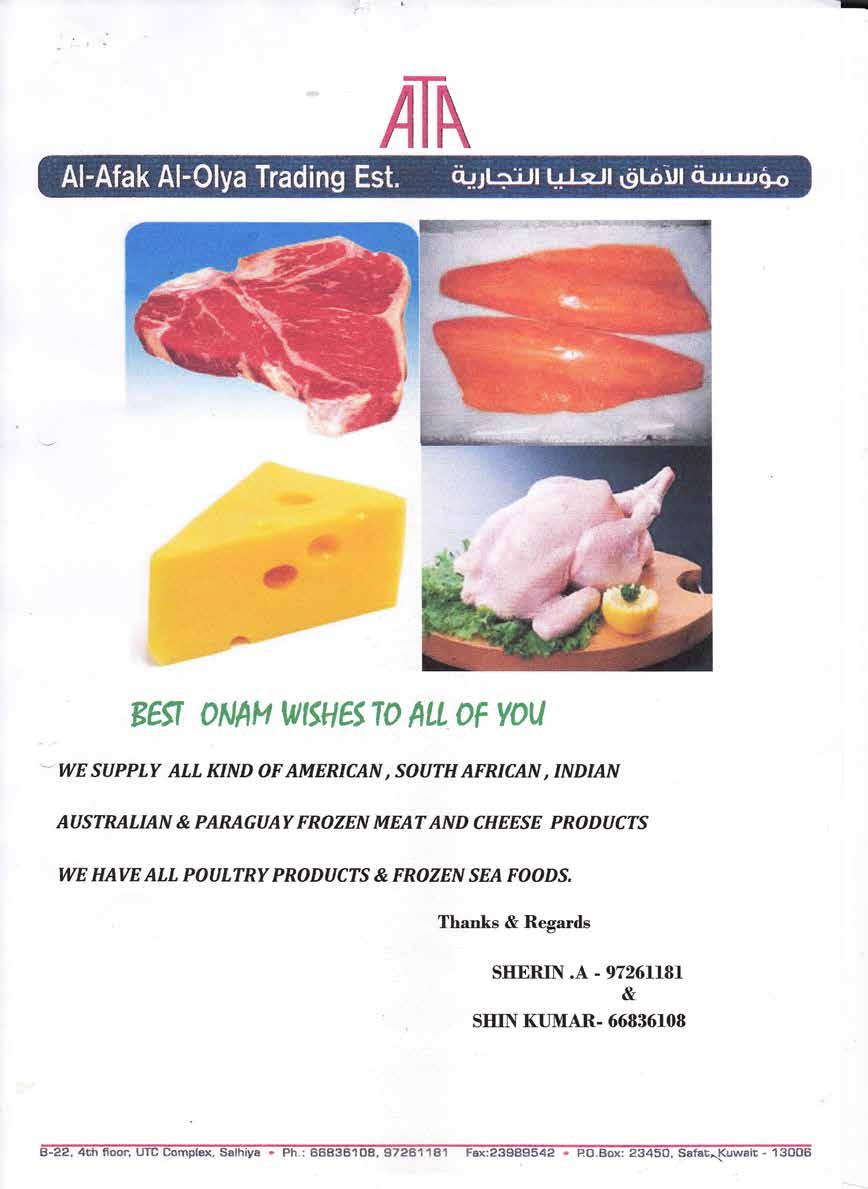
t]mIm\nd§n, D¨ `£Ww sImïpt]mIp¶ _mKn Iq«pImcsâ ssIhiw \m«n \n¶pw sImSp¯phn« Ipd¨pt¸cnbpw, ]elmc§fpw IcpXn. tPmen kw_Ôambn acp`qanbn BWv CubpÅh\v t]mthïXv, A¶pw ]Xnhpt]mse dqan \n¶pw Cd§n. A¶v Uyq«n¡v t]mthïXv kuZn AXnÀ¯nbnte¡v Bbncp¶p........
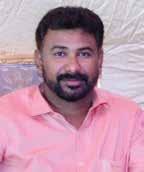
H¶v hn{ian¡m\mbv- hïn Rm³ sskUnte¡v HXp¡n, I¿n IcpXnbncp¶ Dt¸cn FSp¯p sImdn¡m³ XpS§n, a\kv hoïpw ISÂIS¶v \m«n F¯n, Ip«n¡mes¯ Hmtcmtcm HmÀ½IÄ Abhnd¡m³ XpS§n. "....A§s\ Ccp¶t¸mÄ ImWmw Hcp]äw B«n³Iq«hpw AXnsâv ]n¶mse AXns\ sXfn¨psImïv hcp¶ £oWnX\mb Hcp sNdp¸¡mcs\bpw. sNdpXmbn ad¨ncp¶Xn\m apJw A{X hyàw AÃ. AbmÄ Ipsd Zqscbmbn Fs¶ Xs¶ t\m¡n \n¸v Dd¸n¨p. Rm³ Abmsf ssI Im«n hnfn¨p. Fsâ AcnIn F¯nb AbmÄ¡v Rm³ Dt¸cn s]mXn \o«nbn«p ]dªp, `mbv G tetem (ktlmZcm CXv hm§p) BPv lamcm sXymlmÀ HmWw sl, B]v I`n kp\m sl HmWw Im _mscta (C¶v R§fpsS HmW DÕhw BWv, Xm§Ä Ft¸msf¦nepw HmWs¯ ]än tI«n«ptïm). Fsâ I¿n \n¶pw s]mXn hm§nb AbmfpsS I®pIfnte¡v Rm³ {i²n¨p, At¸mÄ ImWmw B sNdp¸¡mcsâ I®pIÄ \ndªp Xpfp¼p¶p.
Rm³ AbmtfmSv tNmZn¨p B]v tIym tdmctly (Xm¦Ä F´n\m Icbpt¶), apJw ad¨ncp¶ XpWn FSp¯p I®pIÄ XpS¨psImïv Fs¶ AXnibn¸n¨psImïv- B sNdp¸¡mc³ aebmf¯n ]dªp XpS§n, tN«m Rms\mcp aebmfn BWv, F\n¡pw Dïmbncp¶p \m«n sIms¨mcp hoSpw, AÑ\pw A½bpw, s]§fpw, Iq«pImcpw HmWhpw FÃmw, F¶m \mev hÀj§Ä Bbn Fsâ HmWw acp`qanbn Cu B«n³ ]ät¯msSm¸w BWv. CXv ]dªp B sNdp¸¡mc³ hnXp¼n Icbm³ XpS§n, B hnXp¼Â Fsâ I®pIsfbpw

{]hmk PohnX¯nse Hcp XncpthmW]pecn IqSn ]nd¶p. AXncmhnse Dd¡w DWÀ¶t¸mÄ apX Ft´m \mSpw hoSpw ho«pImcpw Hs¡ Fsâ a\Ên sXfnªp h¶psImïncp¶p. ]¨ ]pX¨ sNdp Ip¶pIfpw, AcphnIfpw, ]p taSpIfpw, ]p¯cn hbepIfpw, Hs¡bpÅ kpµcamb Fsâ sIm¨p {Kmaw. HmWambm HmWXp¼n¡v ]n¶mse ]mªncp¶, Duªmen\mbv- A¸¨s\ tkm¸nSp¶, HmW]cn£ IgnªpIn«m³ Im¯ncp¶ Fsâ _mey Imew, KrlmXpc¯zw t]dp¶ ]eXpw a\knte¡v HmSnh¶p. HmWhpw, kw{Im´nbpw H¶panÃm¯ {]hmkn A¶pw ]Xnhv t]mse tPmen¡v
Cud\Wnbn¨p. Rm³ B sNdp¸¡mcs\ Bizkn¸n¡m³ {ian¨p. Rm³ tNmZn¨p, ktlmZcm Ct¸mÄ Rm³ Fs´¦nepw klmbw sNt¿Xmbn«ptïm. hnXpw¼nsImïv AbmÄ ]dªp Rm³ Fsâ AÑt\mSpw A½tbmSpw kwkmcn¨n«v hfsc \mfmbn, C¶v HmWw Bbn«v F\n¡v AhtcmSp kwkmcn¡m³ ]äptam? Rm³ samss_ FSp¯p, At¸mÄ HmÀ½bn \n¶pw NnIsªSp¯ AbÂ]¡s¯ t^m¬ \¼À F\n¡v ]dªpX¶p, AXnte¡p hnfn¨p B sNdp¸¡mcsâ AÑt\bpw A½tbbpw Rm³ hnfn¨p sImSp¯p, hnImc Xo{hamb B kwkmcw Iïp\n¶ Rm³ A£cmÀY¯n hnXp¼nt¸mbn. Rm³ AbmÄ¡v hm¡v sImSp¯p \msf ChnsS sh¨v \ap¡v hoïpw Iïpap«mw F¶v, A§s\ B BSv PohnX¯n\p Imew AdpXn hcp¯n. Ct¸mÄ FÃm HmW¯n\pw B sNdp¸¡mc³ Fs¶ hnfn¡pw, AbmÄ F¶mSv tNmZn¡pw "acp`qanbn alm_en Ct¸mfpw hcmdptïm? F¶v "Cu HmW¯n\pw Fsâ a\Êv B hnfn¡mbn ImtXmÀ¡pIbmWv. acp`qanbn alm_en at\mPv- kn. X¦¨³




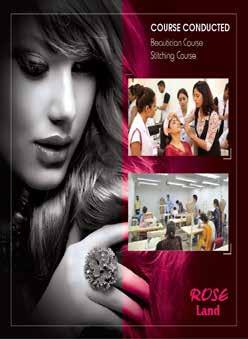




Associated By B&W Enterprises

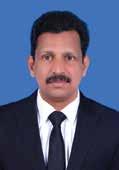

`qan I\yIsb ]pfIaWnbn¡psamcp {Kma kuµcyta Rm³ \ns¶ hmgv¯p¶p Cu aµcmhn ioXfÑmbbn ]qam\an¶nXm ]\n\oÀ XqIn \nev]q..! {imhWN{µnI s]mgn¡pao\nemhn cmhnsâ amdn IpfnÀImän³ NndIn ]qhn³ kuµcyw \pIÀ¶v Rm³ \osf ]qhmbv hncnbp¶p F³ taml hÀ®§Ä..! Nn§s¸m³ IXnscmfn ]oenhoip¶p F§m\pw \ns¶mcp FhnsStbm Xncnsªmcp N§men ]£n X³ NndISn¨pbcp¶p sXt§me Xp¼¯ncp¶qªmemSp¶p..! Xqaªn³XpSn IW§tfäphm§n Xqasbgpw sN©pïn XncbnfIn Xqaµlmkw XqIn Rm³ \n\¡mbn Xqaµmcw \ndbpao cmhn ]q¡fnÂ..! hoW I¼nbn {ipXn tNÀ¯p ao«p¶p CuW¯n cmK¯n³ Xmf¯n X©¯n HmW¸m«pIÄ ]mSp¶ ss]¦nfnIÄ \mW¯m hnScp¶p Xp¼¸q¡Ä sasÃ..! Xncphm`cW§Ä NmÀ¯p¶p {]IrXn XncphmXnc\mfn ]\tbme¡pS NqSn Xncp\Sbn \r¯w hbv¡p¶p ]qs´¶Â Xncpta\n tIgp¶p Rm³ sh©mac¡pfncpambn..! IhnXCXv \½psS HmWw cmPp tPmk^v
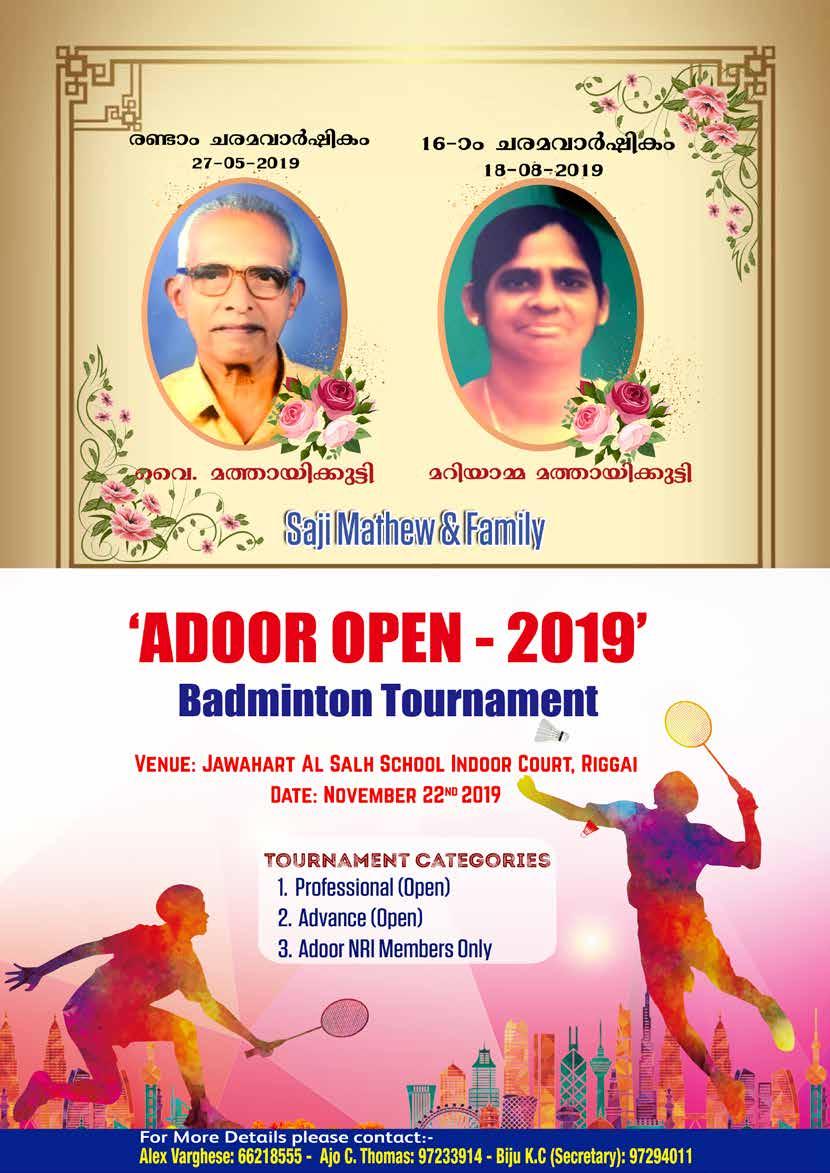
lr¯ntebv¡mgv¶nd§nb

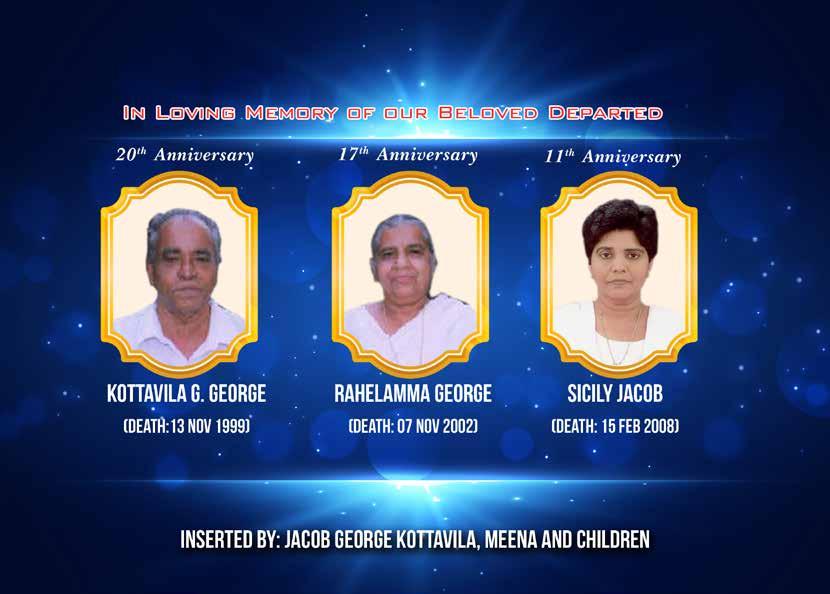
Hm..

{]Wb ]£n F¶mßmhn sNdpsh«ambn¯ocphm³ ]ds¶¯nb {]Wb ]£n \qeä ]«amsb¶ntes¡¯m³ sshInbsXs´sâ {]Wb ]£n am\kXocs¯mcp kz]v\ aWnamfnI \nÀ½ns¨msc³ taml]£o, iq\yXbIän \osb¶ntes¡¶p amß_eambn tNt¡dnb ]pWyta A´cwK¯n¶mg§fn hnScp¶ ]\n\oÀ¸qhmWv \osb³ kvt\l ]£o F¶nse I®oÀ IYIsfms¡bpw ]g¦Ybmbn amäphm³ h¶ {]Wbn\o, ]dbphm³ samgnIfnÃn\nbpsa¶n XIÀ¶Snsªmsc³ In\m¡sf bpWÀ¯nb amWnIy \£{Xta, Hcp\mfpw ad¡nsó lrZb samgnIÄ tIÄ¡m\cnInse¯nb t{]a`mP\ta.. Hm...{]Wbinev]ta, H¯ncn sImXn¨p t]mbv Rm³ \nsâ IY]dbps¶mcp I®mIphm³.. ag t]mse \osb¶nse¶pw In\m¡fmbv s]bvXnd§ps¶³ hÀ®¡nfo.. \o am{XamsW¶v apt¯ sb³þ
taml]£n..
PohnXkJo amªp t]mInsÃmcn¡epw a\Ên I®mSnbn \n¶pw cq-]w
Anish Soman


Breakfast is considered an important meal because it breaks the overnight fasting period, replenishes your supply of glucose and provides other essential nutrients to keep your energy levels up throughout the day.

HEALTHY BREAKFAST
For the most nutritious breakfast, try to choose whole, unprocessed foods from each of the five food groups: fruits, vegetables, grains, protein foods, and dairy. Try to include proteins from foods like yogurts (look for varieties with less sugar added), eggs, nuts and seeds or legumes. Your first meal of the day should comprise a perfect combination of carbohydrates, protein and fiber. Make sure you include fruits, whole grains, berries and good fats (nuts).
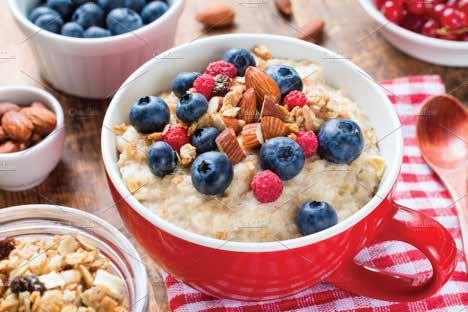
Healthy Breakfast Ideas
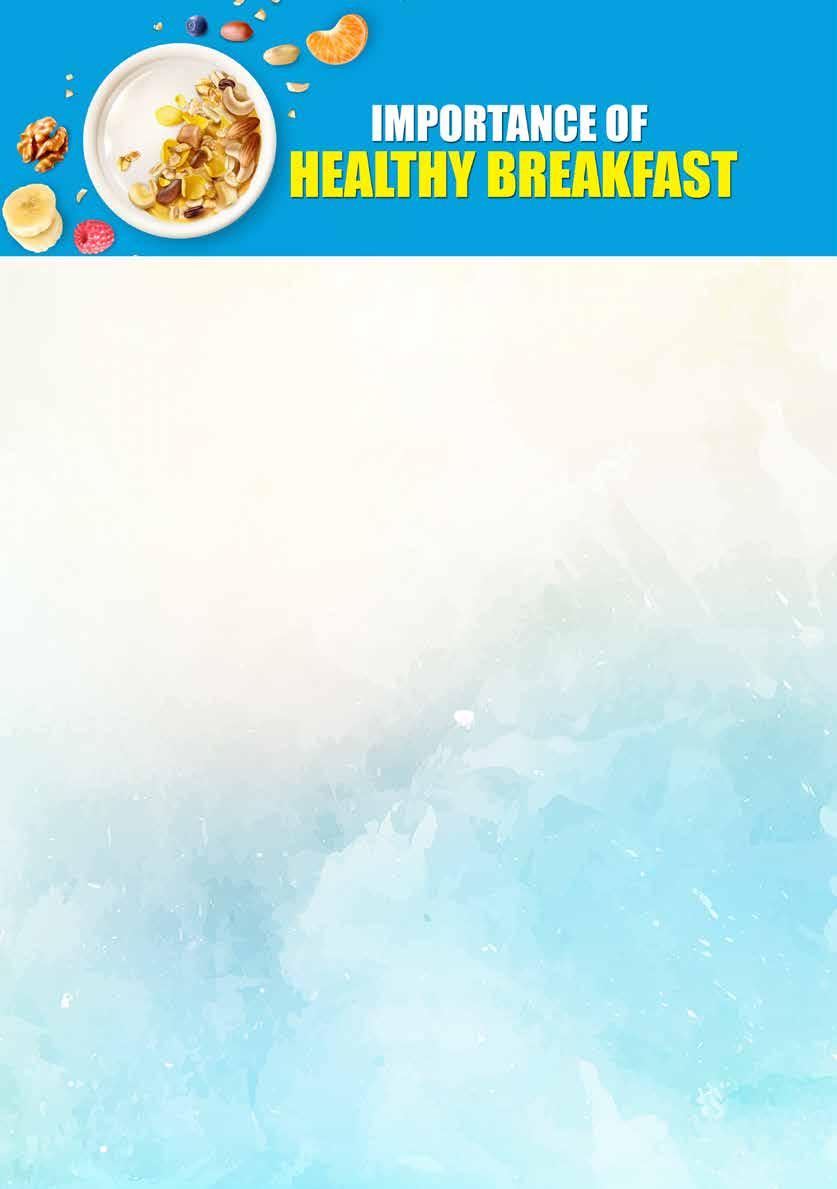
Glucose is the body’s energy source. It is broken down and absorbed from the carbohydrates you eat. In the morning, after you have gone without food for as long as 12 hours, your glycogen stores are low. Glycogen is the glucose that has been stored in your muscle tissue and liver where it is released slowly overnight to keep your blood sugar levels stable.
Once all of the energy from the glycogen stores
your body starts to break down fatty
produce the energy
acids
only
which can cause reduced
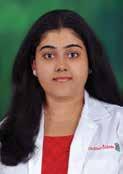
and boosts your energy levels, as well as
metabolism
is used up,
acids to
it needs. Without carbohydrate, fatty
are
partially oxidized,
energy levels. Eating breakfast restores your glycogen stores
your
for the day. SKIPPING BREAKFAST • Increased Cardiovascular risks • Increased risk of Obesity, Diabetics and Hypertension • Low energy level and low memory during the day • Can cause migraine – due to hypoglycemia • Affecting your metabolisms
Santhi Ajo
Nutritionist Masters in Nutrition • Idli + sambar + fruits+ dairy (milk/flavored yoghurt) • Whole wheat puttu + channa + fruit +dairy • Egg(boiled /omelets/scrambled)+whole wheat bread+ fruit +dairy • Chapatti +veg curry+fruit+dairy+nuts • Broken wheat upma + banana+ dairy + nuts • Bran flakes / cornflakes + fruits+nuts+dairy •Whole wheat pancake+ peanut butter+fruits+dairy • Oats porridge with fruits and mixed nuts Make sure that no one in your house skips breakfast. A healthy breakfast is essential for a healthy life.





hn\p ZnhmIc³




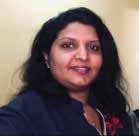


IhnX {]Wbw
SHAMJA SHAHUL



can one be a GOOD LEADER…..!?
TEN LEADERSHIP QUALITIES THAT MAKE A GOOD LEADER.
Nowadays it is very essential to have good leadership in our society whatever it may be political, religious, social and cultural activities. Here I would like to pick out some of them for our generation which may help to achieve good results. Everybody defines leadership differently. ”A Leader is one who knows the way, goes the way, and shows the way” irrespective of how you define a leader. Let’s take look at some important leadership qualities:
1. Honesty and Integrity: The supreme quality of leadership in unquestionably Intergrity.Without it no real success is possible.
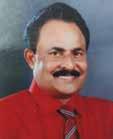
2. Confidence: To be an effective Leader a person should be confident enough to ensure others follow his commands.
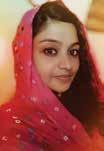
3. Inspire others: Probably the most difficult job for a leader is to persuade others to follow stay calm under pressure and keep the motivation level up.
4. Commitment and passion: A group of team look up the person who leading have to be passionate to each things even his hands make dirty, the team will give their best performance.
5. Good Communicator: Until one leader clearly communicate his vision to the team and tell the strategy to achieve good goal.
6. Decision making Capabilities: A leader should have the ability to take right decision at the right team.
7. Accountability: A leader takes little more than his share of the blame and little less than his share of credit. Make sure that everyone in team accountable for what they are doing.

8. Delegation and Empowerment: It is important for a leader to focus on key responsibilities while leaving the rest to others.
9. Creativity and Innovation: The greatest vision of our time answer this way” Innovation distinguishes between a leader and follower.
Empathy: A leader should develop empathy with their fellow members.
Hcp agbmbn Rm³ \n¶n s]bvXnd§mw a\Ênse t\mhpIÄ XpS¨p amämw Aenhqdpw \n³ lrZb hn]©nIbn A\pcmKambn Aenªp tNcmw.. \n³ kv]Ài\taäXp am{Xbn a\Ênse aghnÃv ]q¯peªp Cud³ \nemhnsâ sh³ tim`bnÂ. a[pN{µteJ t]m hnf§n\n¶p. Ipfncp sNmcnbpao lnaIW§Ä aqSpt¼mÄ \\hmÀ¶ angnIfn sXfnªp \n³ cq]w Hmtcm \nanjhpw F³ Poh\n \o a[pc kvacWIfmbn \ndªp \n¡p¶p.
10.
How
Gee Mathew

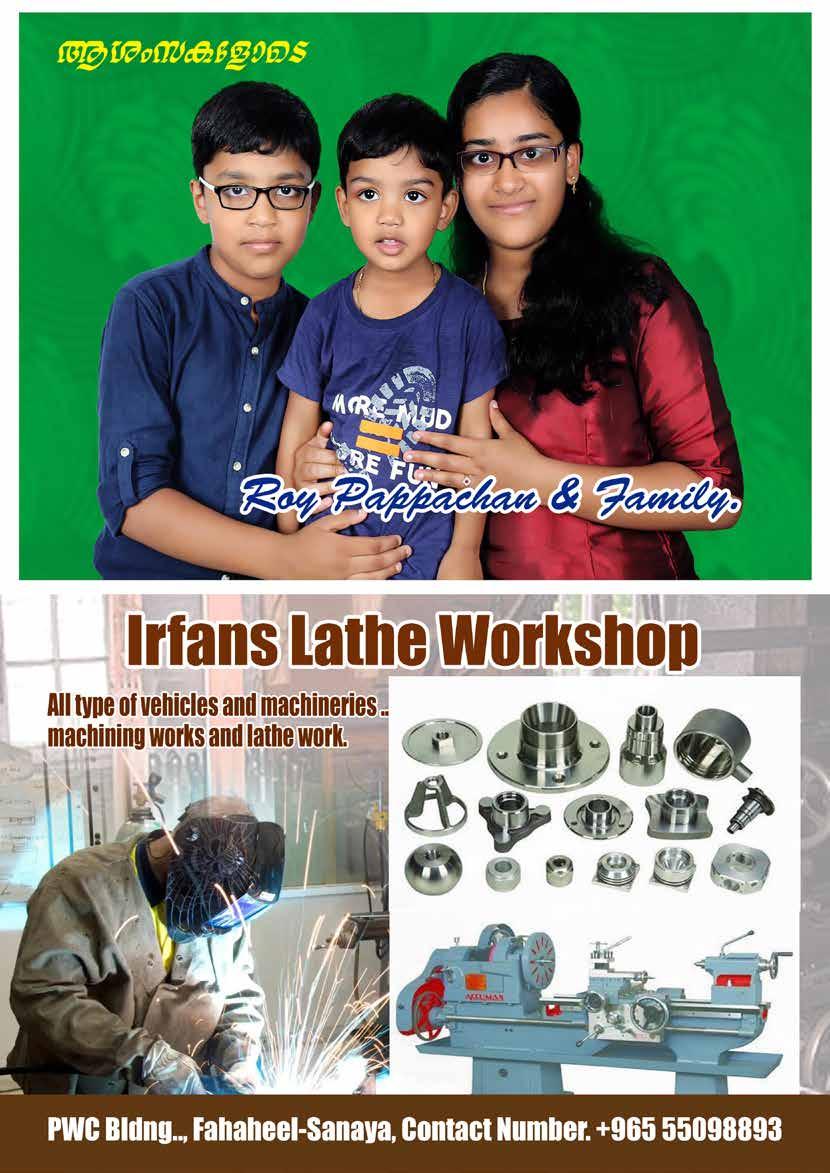


BEC ONLINE IS NOW AVAILABLE ON THE BEC APP Download the app via the App Store or on Google Play today and start sending money online now! For more information, call us on 1824000 or visit beconline.com.kw /BECKuwait /BECKuwait www.beconline.com.kw Tel: 1824000 | www.bec.com.kw


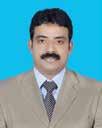
Xnc¡v ]nSn¨ PohnX¯n\nSbnse kpJk¼¶Xbnepw KrlmXpcXsb s\©nteäp¶ aebmfnIfpsS a\Êns\ F¡me¯pw sImXn¸n¡p¶ HcmtLmjw; hÀ® sshhn[yw XoÀ¡p¶ ]q¡fpsSbpw, ]q¼mäIfpsSbpw, sNdp Nmä agbn \\ªv \n¡p¶ ]pecnbpsSbpw ]ps¶Ãnsâbpw HcpXvkhImew AXmWv HmWw. ]mShpw ]d¼pw then]SÀ¸pIfpw HmÀabm¡n {Kma§Ä \Kc§fmbn amdpt¼mÄ Iq«pIpSpw_§Ä henb aXn sI«n\pÅnse tIm¬{Ioäv sI«nS§fnse sIm¨papdnIfn AWpIpSpw_ambn amdpt¼mÄ Adntªm AdnbmsXtbm \mw \½psS kwkvImchpw BtLmjkpZn\§fpw hnkvacn¡pIbmtWm, ssZhw X¶ \·Isf ad¶p kzmÀXvYX am{XapÅ Hcp kaqlambn \mw amdnsImïncn¡pt¼mÄ ]qÀÆnIcpsS hnizmk§fpw DXvkh§fpw ]pXpXeapd¡v C¶v Ah[n Zn\§Ä am{XamWv. \½psS kwkvImchpw aqey§fpw F\vXmbncp¶p F¶v a\knem¡phm³ thïnsb¦nepw C¯cw BtLmj§Ä A\nhmcyatÃ? HmWw tIcfobÀ¡v tZinb DXvkhamWv AXv hn`mh\w sN¿p¶tXm, IÅhpw NXnbpw CÃm¯ kÀÆcpw FIyt¯msSbpw kvt\l¯neqsSbpw Pohn¡p¶ temIsa¶ al¯mb ktµis¯bpw BWv. HmW¯n\v D]tbmKn¡s¸Sp¶ aZy¯nsâ IW¡v ]dªp HmWmtLmjw \ntcm[n¡Ww F¶v ]dbp¶Xv Fensb t]Sn¨p CÃw NpSWw F¶v ]dbp¶Xp t]mse A]lkyamWv. s\Ãn \n¶v ]Xnsc¶t]mse HmWmtLmjsa¶ \·bn \n¶v aZysa¶ Xn·sb BWv FSp¯p amtäïXv. \ntcm[n¡s¸tSïXv aZyhpw, amäs¸tSïXp ImgvN¸mSpIfpw BWv. icnbmb kmwkvImcnI ZÀi\§Ä hyIvXnbn \n¶v IpSpw_¯nte¡v A§s\ kaql¯nte¡pw ]Icpt¼mÄ BtLmj§fn BXvaobXbpw B\µhpw ssIhcn¡mw. icnbmb ZÀi\t¯mSv IqSn hnimeamb ImgvN¸mtSmSp IqSn {]hÀ¯n¡phm³ Cuizc³ A\p{Kln¡s«. ImehÀj¯nsâ Ips¯mgp¡n sImgnª PohnX§Ä¡v BizmktaIm³ \½psS HmWmtLmjw amds«. GhÀ¡pw \\vabpw kaÀ°nbpw \ndª B\µIcamb HmWmtLmjw Biwkn¡p¶p. tdmbn ]m¸¨³ BtLmj§Ä ktµi§Ä BIpt¼mÄ
Let us praise God for his mercies and for enabling us to bring out this souvenir.

Mid-way through editing and designing a pile of articles which I was nose deep in and with the thoughts of the zillion things that ''JUST HAD TO BE DONE''; I pulled at my hair for the very first time. This was the first of many such moments (hours)! Putting a magazine together was no cake walk. I along with my editorial team members have spent sleepless nights to make this magazine stand out.
The financial support made by the various advertisers made this souvenir a reality. I thank them sincerely.
I would like to thank all my editorial team members for helping me pull this through. I express my considerable appreciation to all the authors of the articles in this magazine. These contributions have required a generous amount of time and effort. It is this willingness to share knowledge, concerns and special insights with fellow beings that has made this magazine possible.

Once again thanks to Adoor NRI Forum Office Bearers, Advisory Board, Executive Members, and all our NRI family members to make this opportunity to become fruitful.
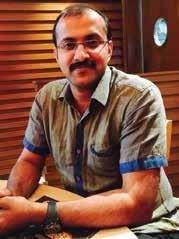
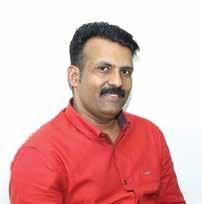
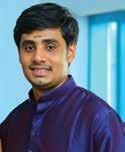
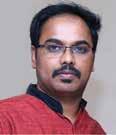
Sincerely
 ROY K K JT. CONVENER
JAYAN JANAARDHAN JT. CONVENER
VISHNU RAJ JT. CONVENER
ROY K K JT. CONVENER
JAYAN JANAARDHAN JT. CONVENER
VISHNU RAJ JT. CONVENER



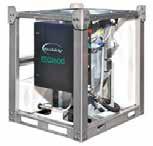












































 Anu P. Rajan Jt. General Convener
Anu P. Rajan Jt. General Convener


























































































 Mrs. Annamma Mariamma Meloott House, Adoor
Mrs. Annamma Mariamma Meloott House, Adoor













































































































 ROY K K JT. CONVENER
JAYAN JANAARDHAN JT. CONVENER
VISHNU RAJ JT. CONVENER
ROY K K JT. CONVENER
JAYAN JANAARDHAN JT. CONVENER
VISHNU RAJ JT. CONVENER



